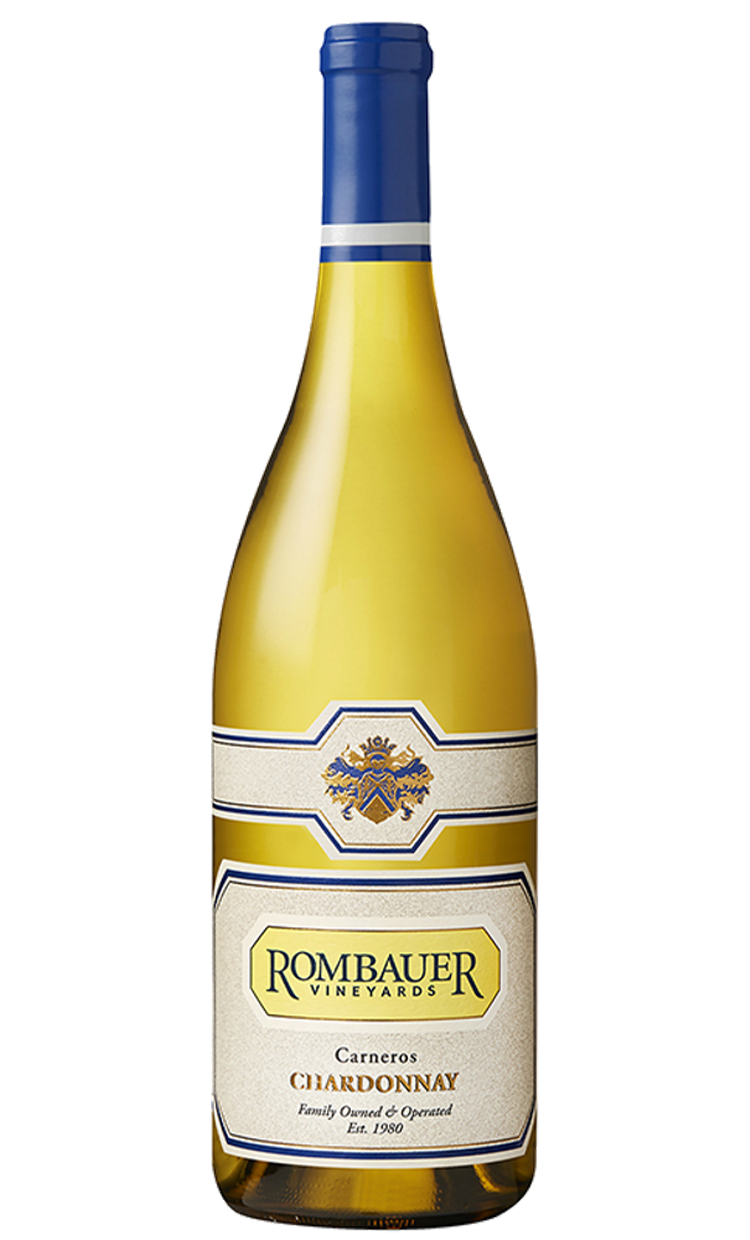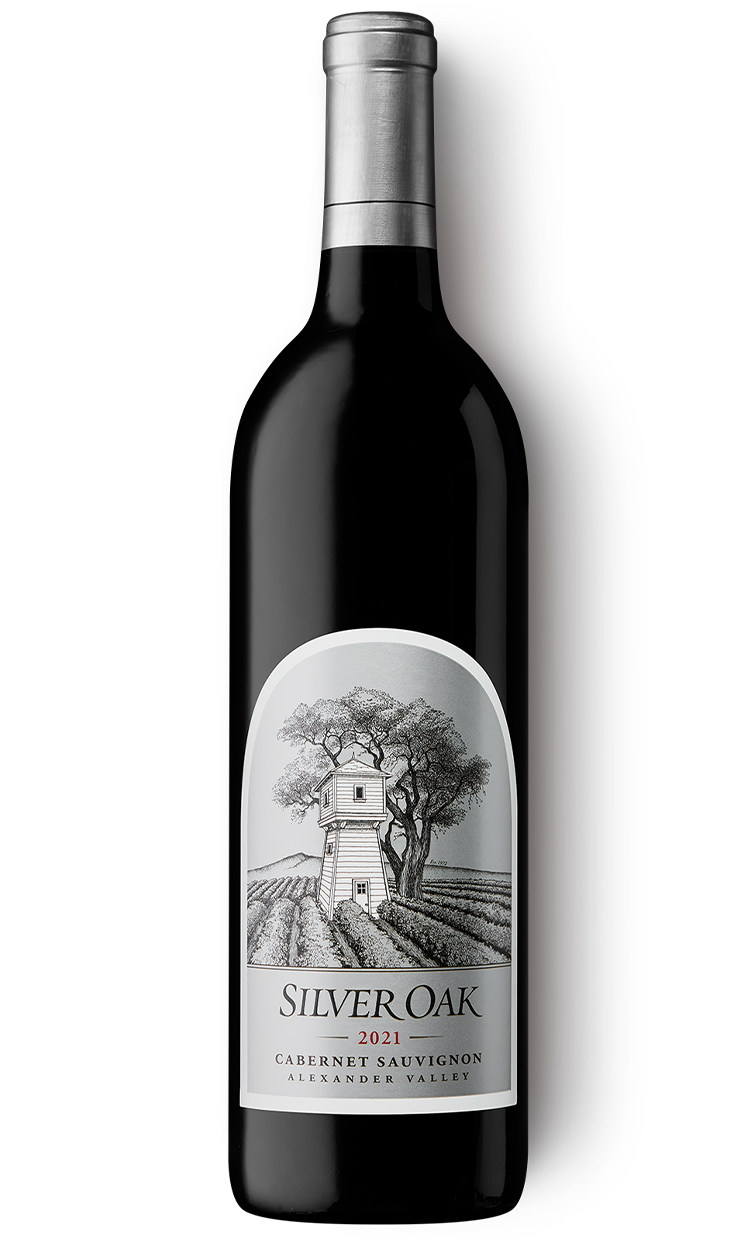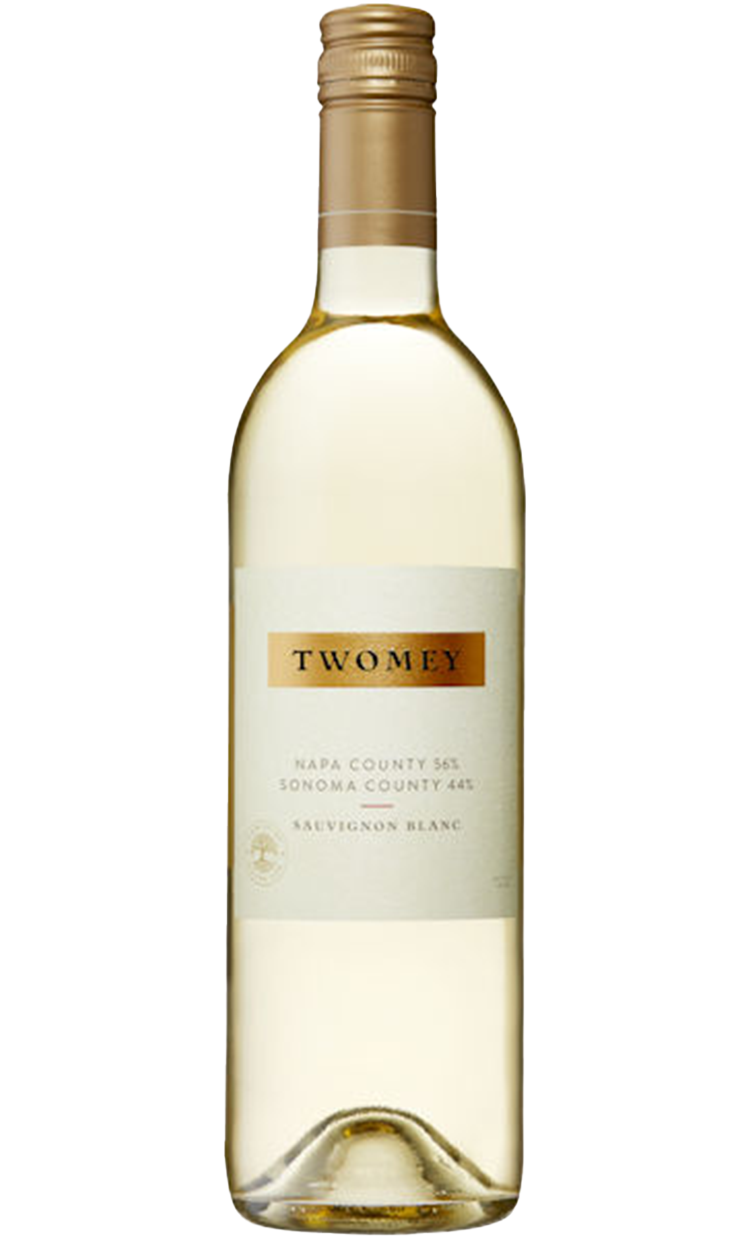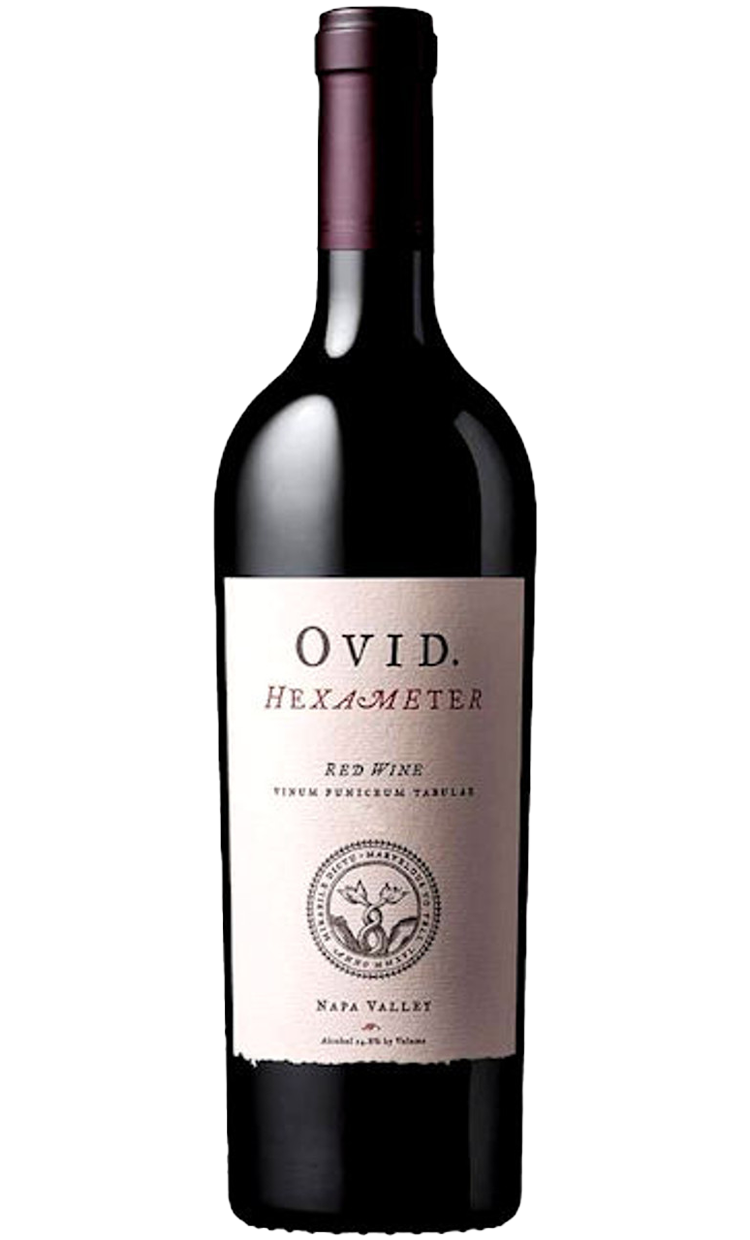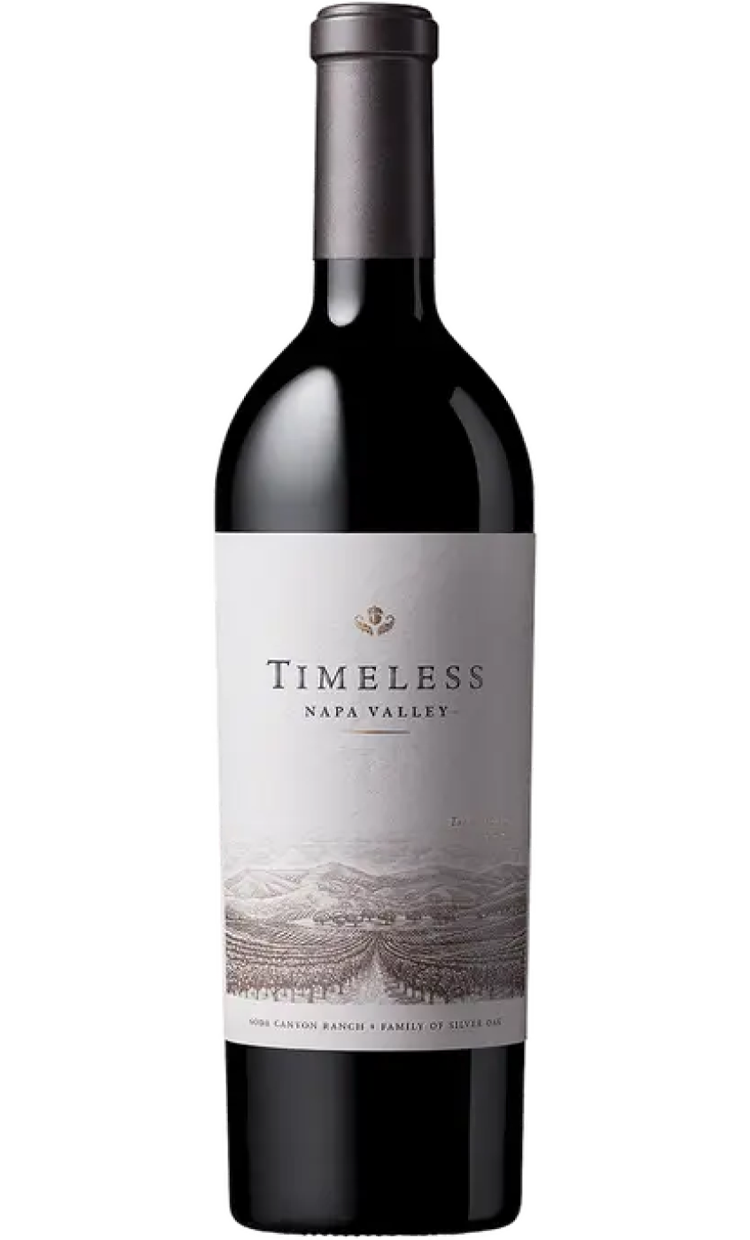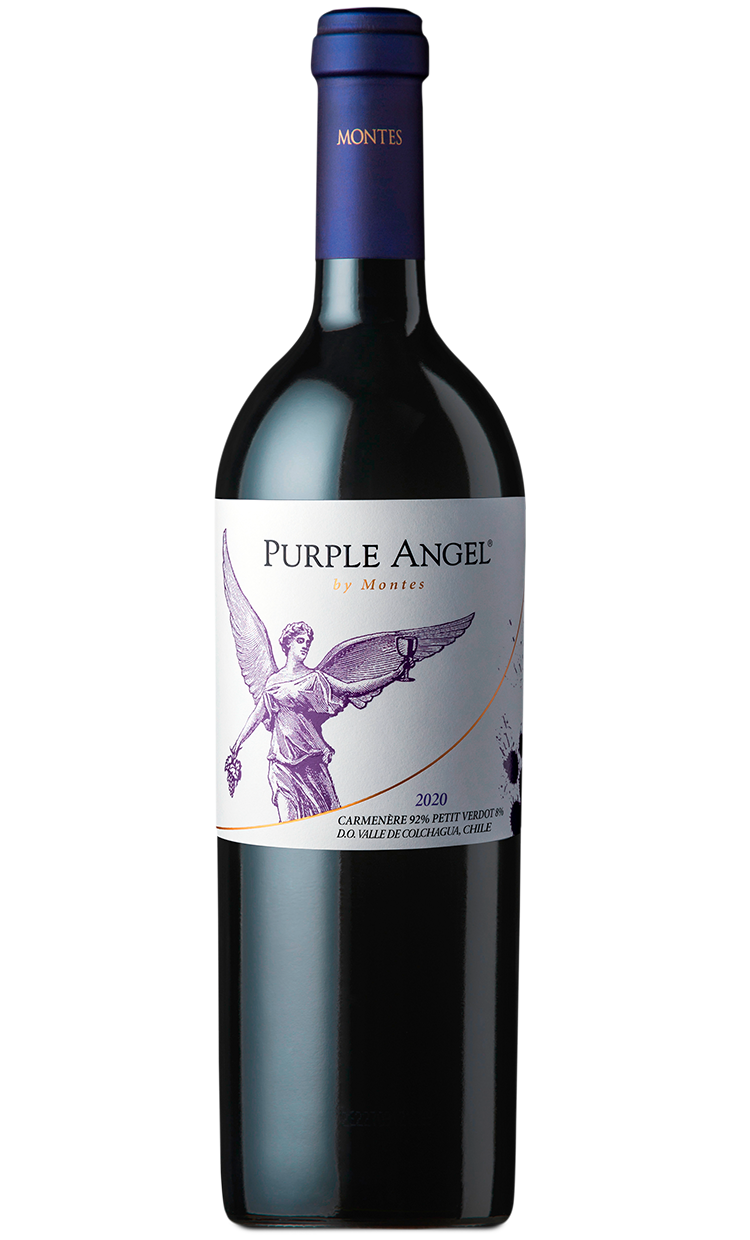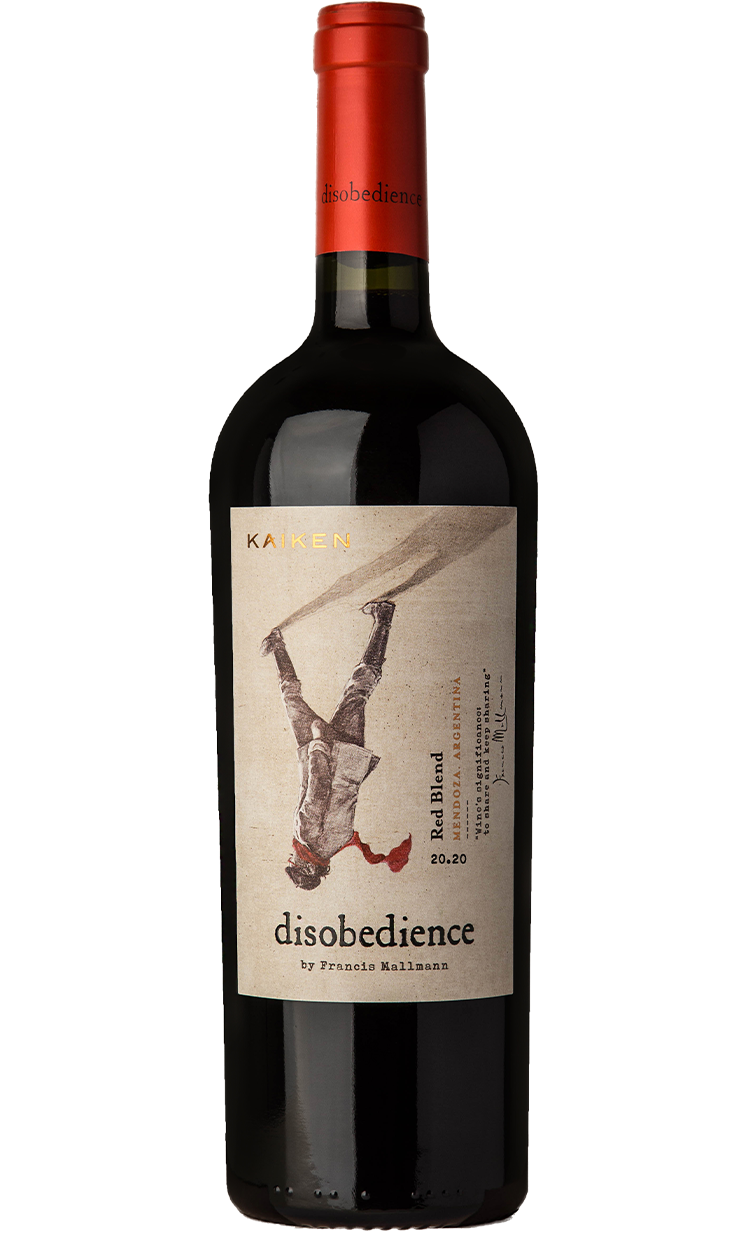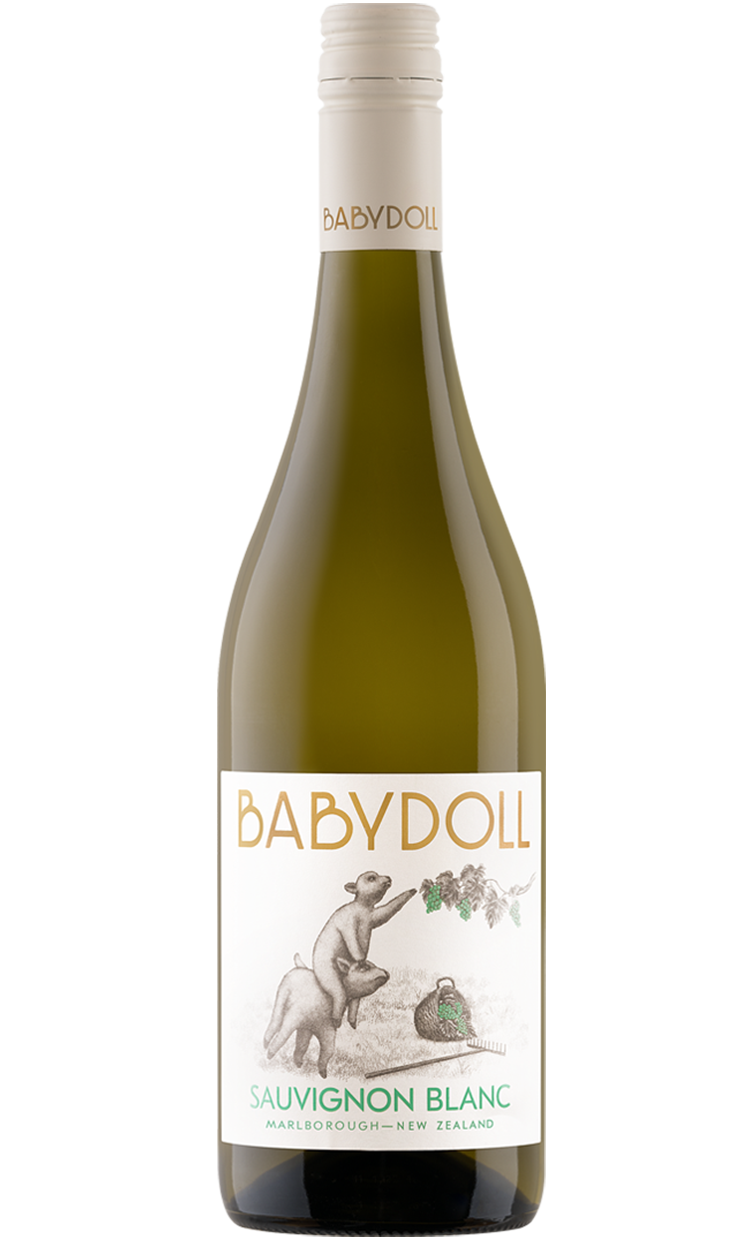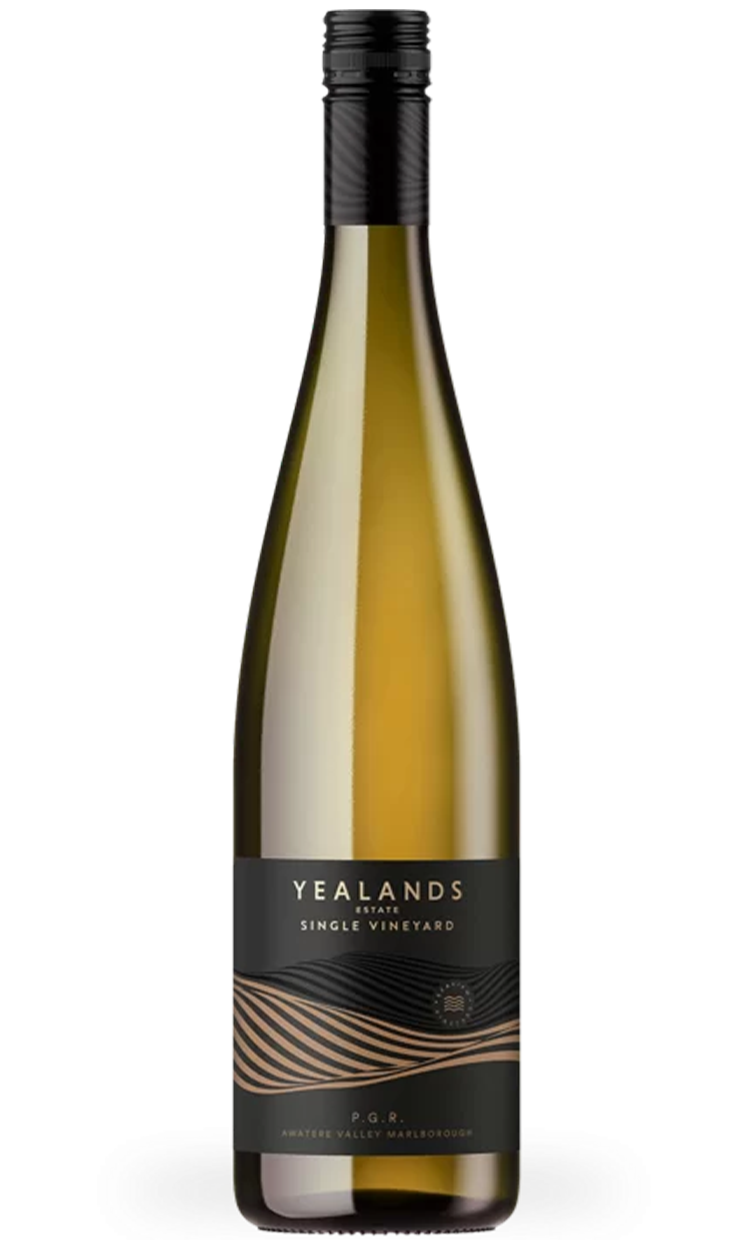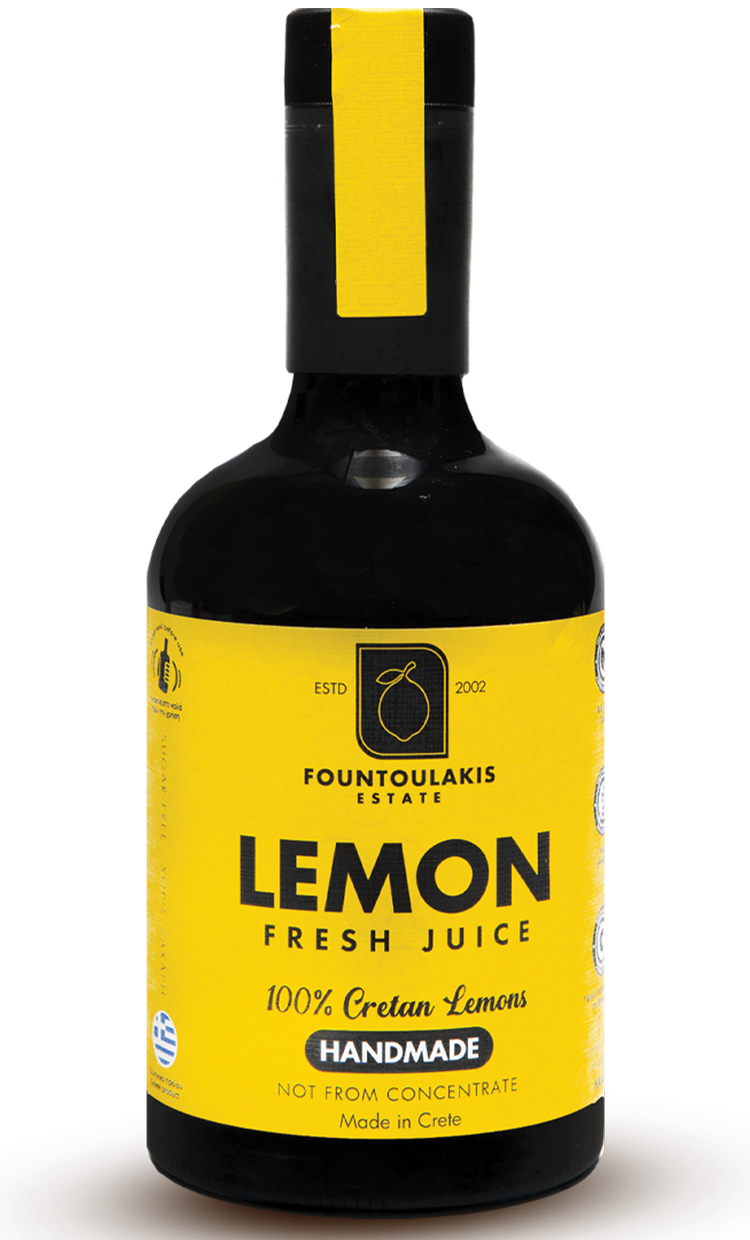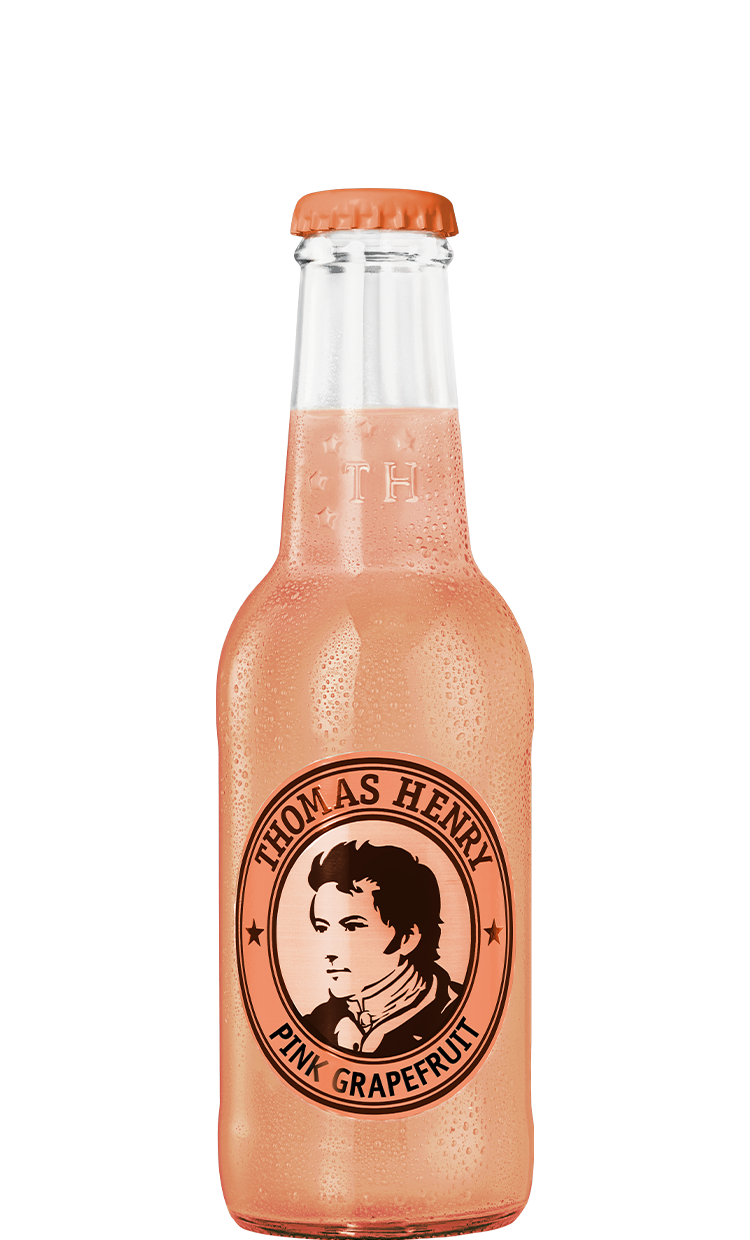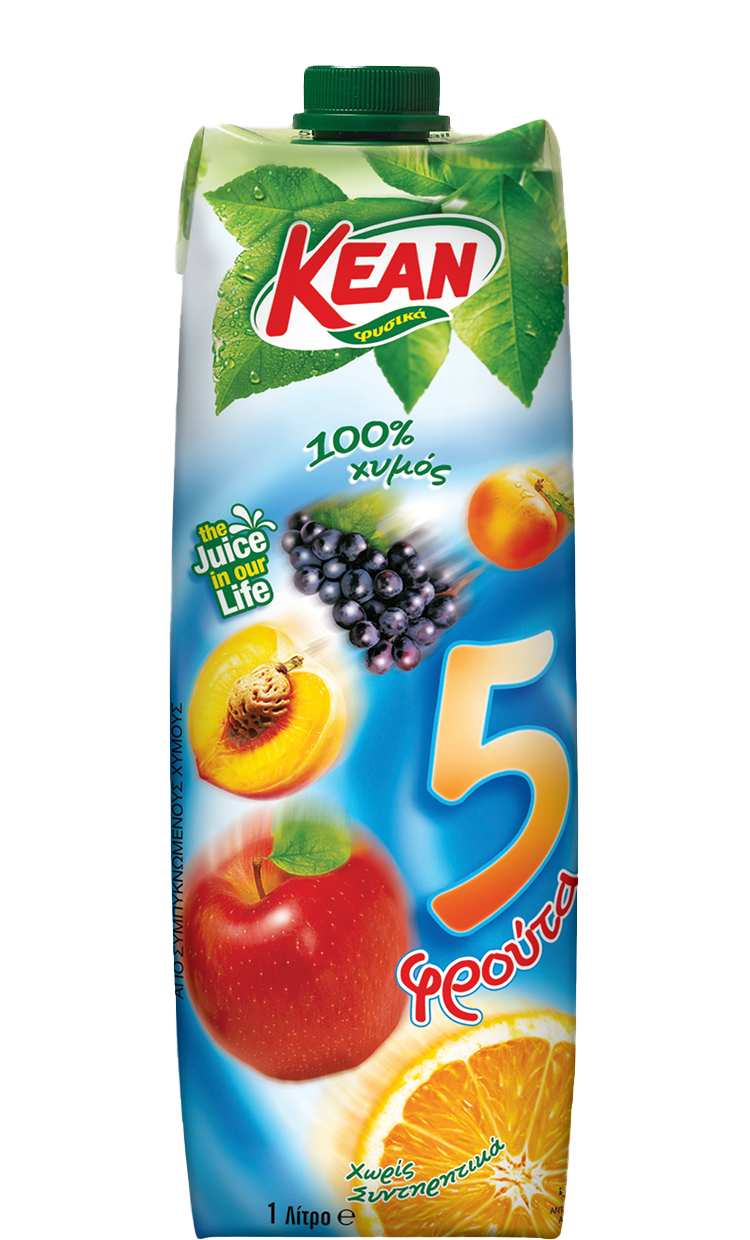
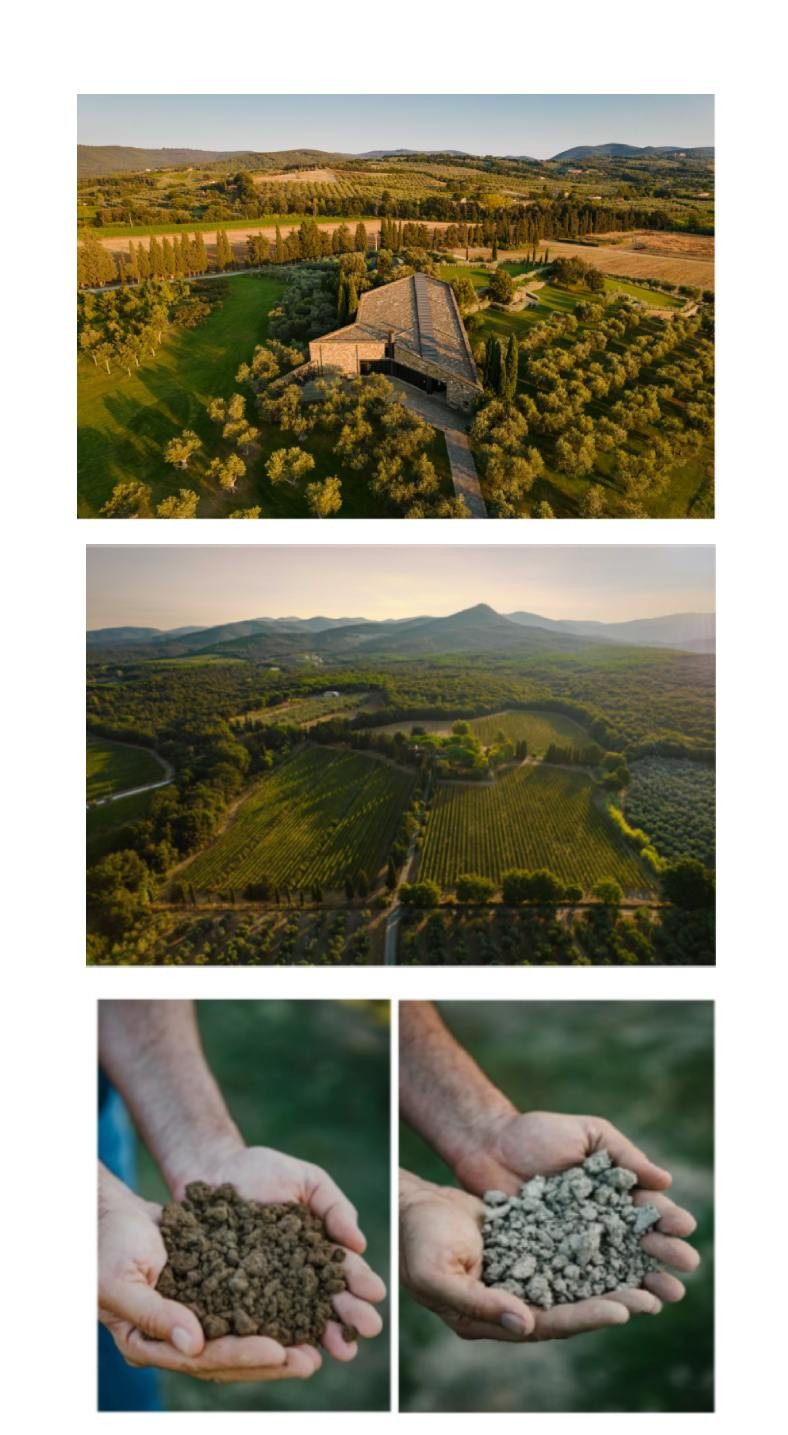
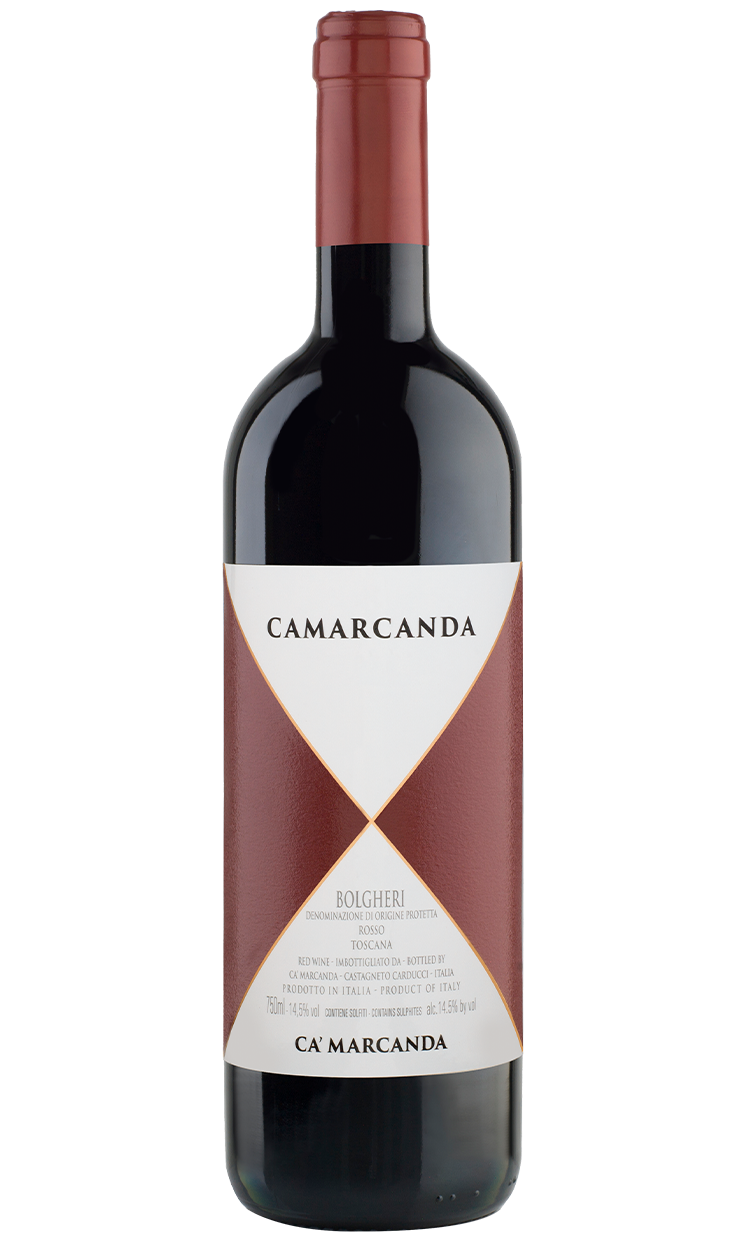

Angelo Gaja embarked on his most demanding project in 1996 with the purchase of landin Bolgheri (AltaMaremma). This land is now the home of the Ca’Marcanda winery.
Discovering the best terroir was possible thanks to the latest land zoning maps which pointed out the specific vine-growing suitability of clay-calcareous soils at the base of the Metalliferous Hills. The soils found here maintain water and minerals which slow down ripening and result in fresh and acidic wines.
Eventually, the only land in that area not planted with vines was identified and after countless meetings with the previous owners (18intotal), the negotiations successfully closed at the end of 1996.
The name Ca’Marcanda was inspired by a Piedmontese dialect expression which translates to the “house of endless negotiations”. Uncultivated and previously used for fruit trees, this land provided the Gaja family with a unique opportunity to design a winery on untouched land
For the Gaja family, Bolgheri represents the new era of Italian winemaking. Smaller and younger than the Langhe, Bolgheri’s open and dynamic attitude, climate, soil, and history have earned it a place of distinction.
The first vineyards at Ca’Marcanda were planted in 1996 and construction of the new cellar commenced in 1998. Inspired by the untouched beauty of the surrounding area, the cellar was built underground, making it almost invisible to the naked eye. The structure is covered with rocks found underneath the soil during the digging and it is surrounded by 350 mature olive trees, another native vegetation so that it blends seamlessly into the natural environment.
The Bolgheri vineyard district covers 1370 hectares along the Tuscan coast. It earned its reputation in the1980s for producing complex and elegant red wines suitable foraging.
Bolgheri has a typical Mediterranean maritime climate characterized by a consistent brightness due to its proximity to the sea and a constant breeze.
The Ca’Marcanda estate comprises two types of soil. At higher altitudes, white soil, rich in limestone and pebbles, enhances the wine’s complexity and depth. Meanwhile, dark soil of colluvial and alluvial origin, consisting of clay and iron oxide, gives the wine intense fruity notes and concentration.
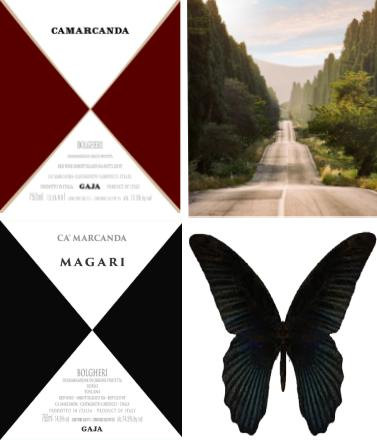
The Ca'Marcanda labels symbolically recall the perspective drawn by the famed cypress lined road leading to the town of Bolgheri where the trees intersect with the horizon. For Ca'marcanda, this avenue is a man- made natural monument, a symbol of an enlightened approach to the territory, showing respect and a long-term out look for future generations.
The Ca’Marcanda labels also resemble a butterfly; a symbol of the elegance and grace that Ca'marcanda pursue in their wines.
The butterfly, capable of transforming its elf from a caterpillar, to a chrysalis, to the most elegant and marvelous insect there is, also symbolizes the hard work and commitment needed to make a project flourish.

The name Camarcanda derives from a Piedmontese dialect expression which translates to “house of endless negotiations”and refers to Angelo Gaja’s many conversations with the land’s previous owners in pursuit of this purchase. After many meetings, Gaja acquired the land in 1996. The vineyards are planted on white soil rich in limestone, firm clay, and stones. The composition of the soil contributes to the wine’s solid and complex structure. The two varieties, Cabernet Sauvignon,Cabernet Franc, ferment and macerate separately for around 15 days. After 18 months of ageing in oak, they are blended and then aged for another 12 months in bottle before being released. This fabulous wine has a nose with flowery, red fruits and root notes, typical of the Mediterranean scrub. The taste is rounded ,with a dense texture and a remarkable mineral character. Lingering finish with smooth tannins.
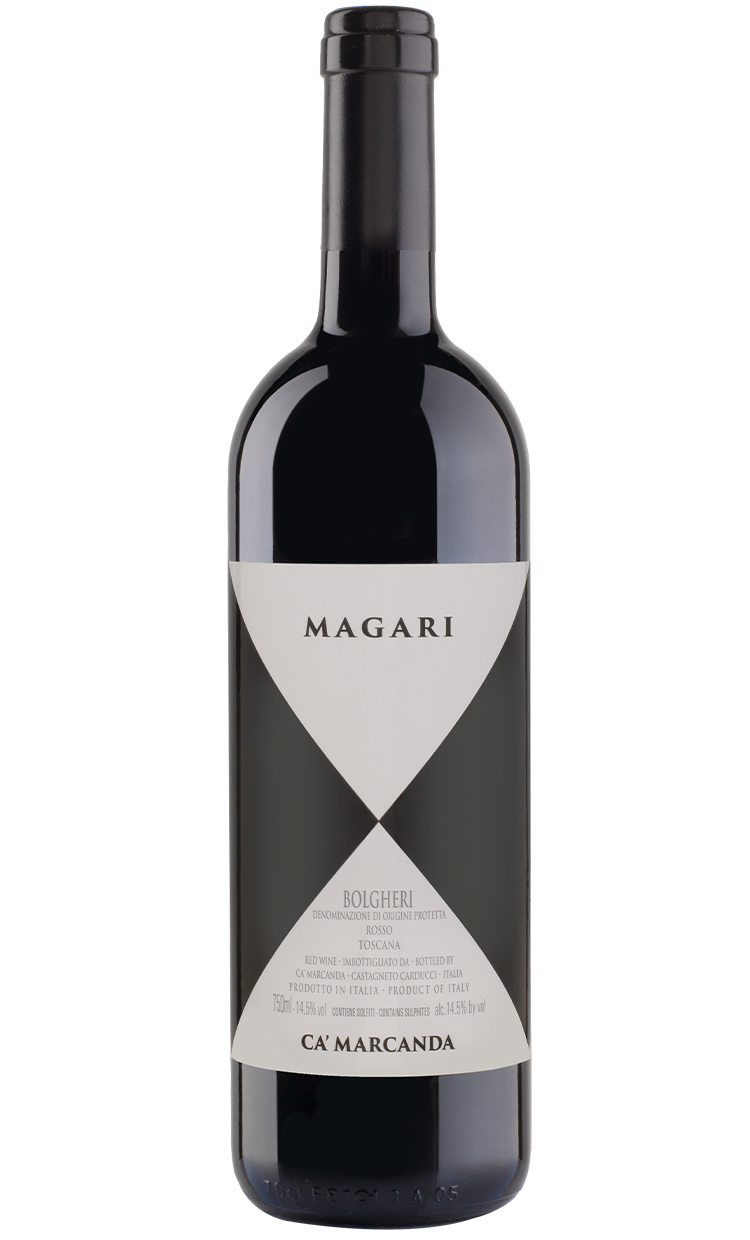
Magari is an Italian expression meaning: “If only it was true...!”, “Iwish...!”. It carries a hint of irony which usually leads people to smile.
The vineyards are located in Bolgheri, on dark soil rich in clay. The three varieties ferment and macerate separately for around 15 days. After 12 months of ageing in oak, they are blended and then age for some months in the bottle before being released. The bouquet recalls red fruits and aromatic herbs typical of the Mediterranean scrub found in the area as well as marine notes. Full and smooth mouth feel, with a pleasant intensity.
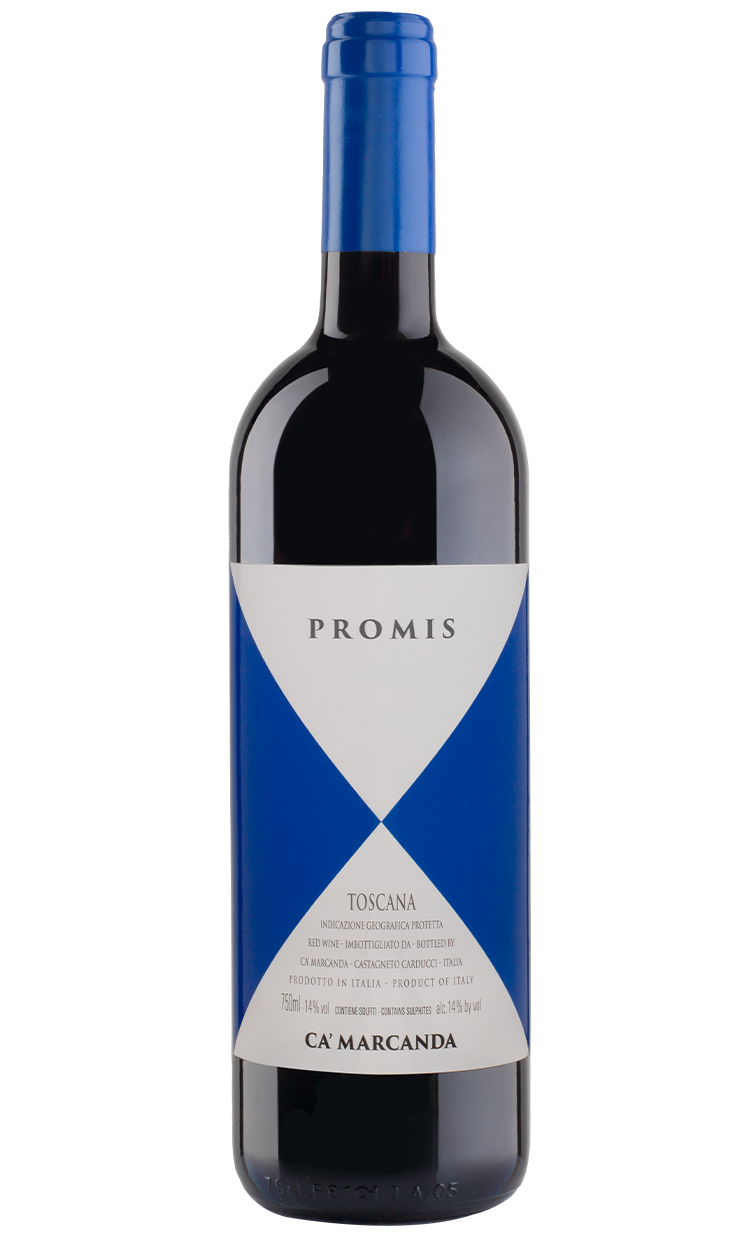
The name is reminiscent of the Italian word promessa (promise), which means promise. It is a nod to the Gaja’sfamily commitment to creating avaluable project inTuscany.
The vineyards are mainly from the Castagneto Carducciarea, planted on dark soils rich. Fermented and aged instainless steel tanks and barrels. The elegance and roundness of Merlot and Syrah match with the essential rigor of Sangiovese. Harmonious and enjoyable from the very beginning ,it has an ageing potential of 8-10years.
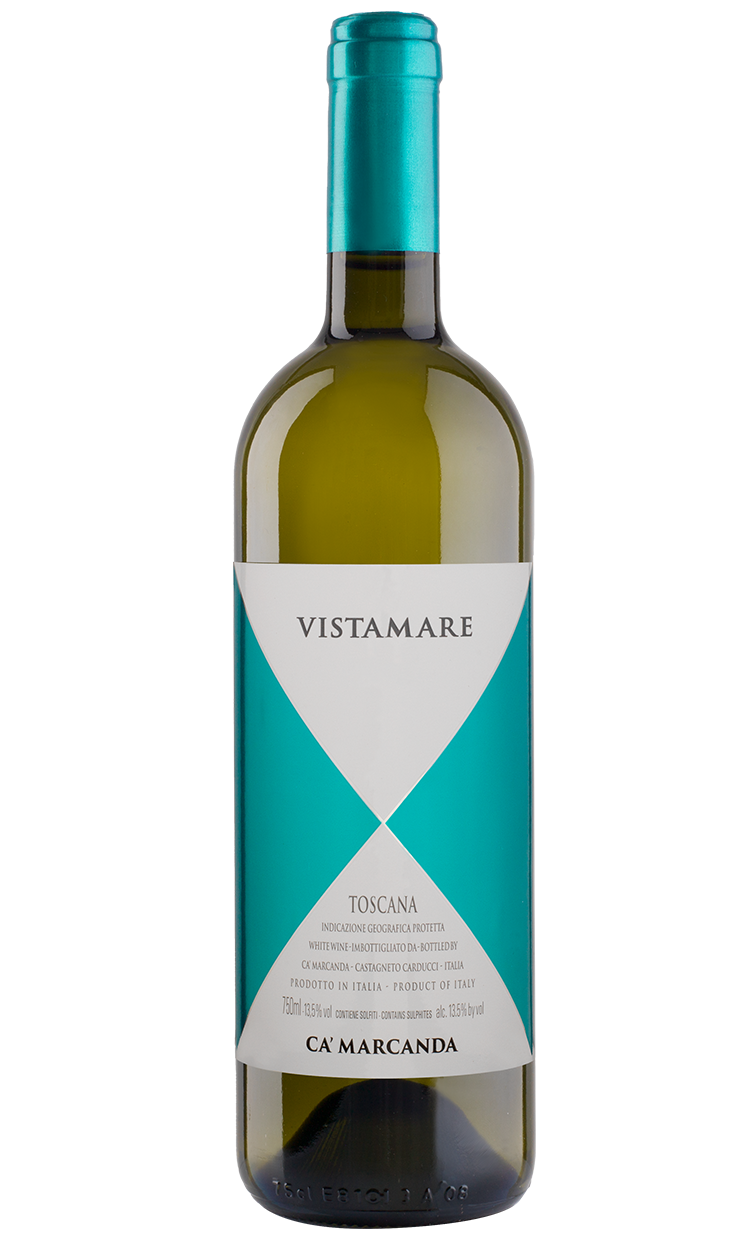
Vistamare meaning “seaview” recalls the cheerfulnes sof sunny days on the Italian coast. The name was ironically borrowed from the real estate world, where a sea view is an added value and the ultimate in luxury.
Located on a hillside overlooking the Tyrrhenian coast, the Vistamare vineyards benefit from the sunshine and marine breeze.
Thw wine is fermented and aged in stainless steel tanks and barrels.
The fresh and herbaceous notes of Vermentino combine with the complexity and roundness of Viognier.F iano adds a floral and botanical note to the bouquet. The nose is generous with peach, apricot, sage and marine notes, revealing a fresh, rounded and lingering taste in the mouth.
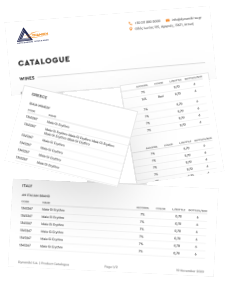
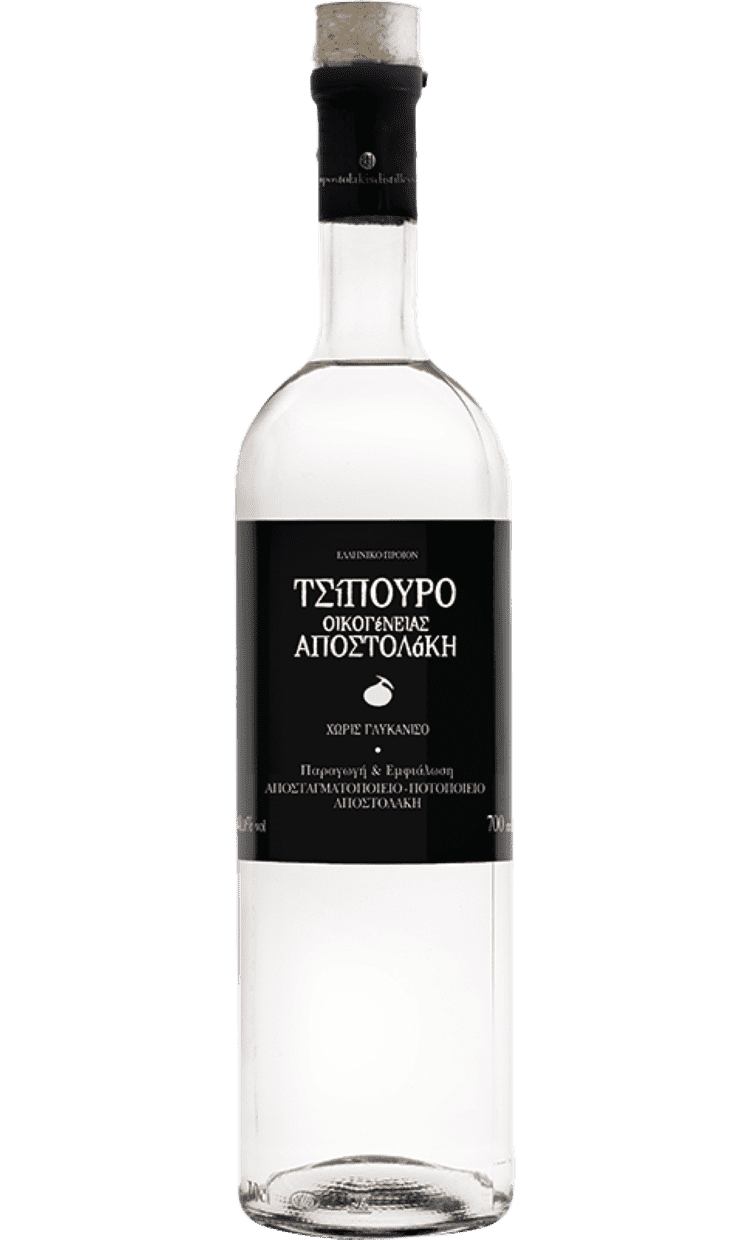
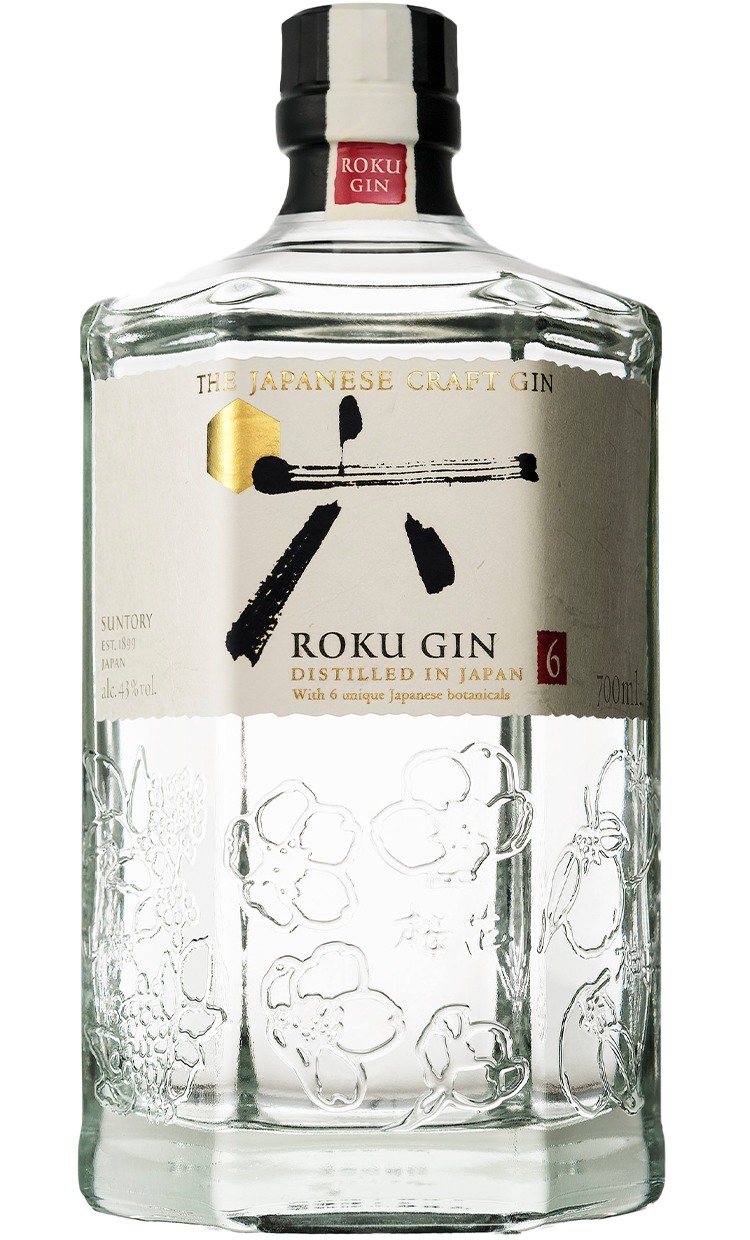
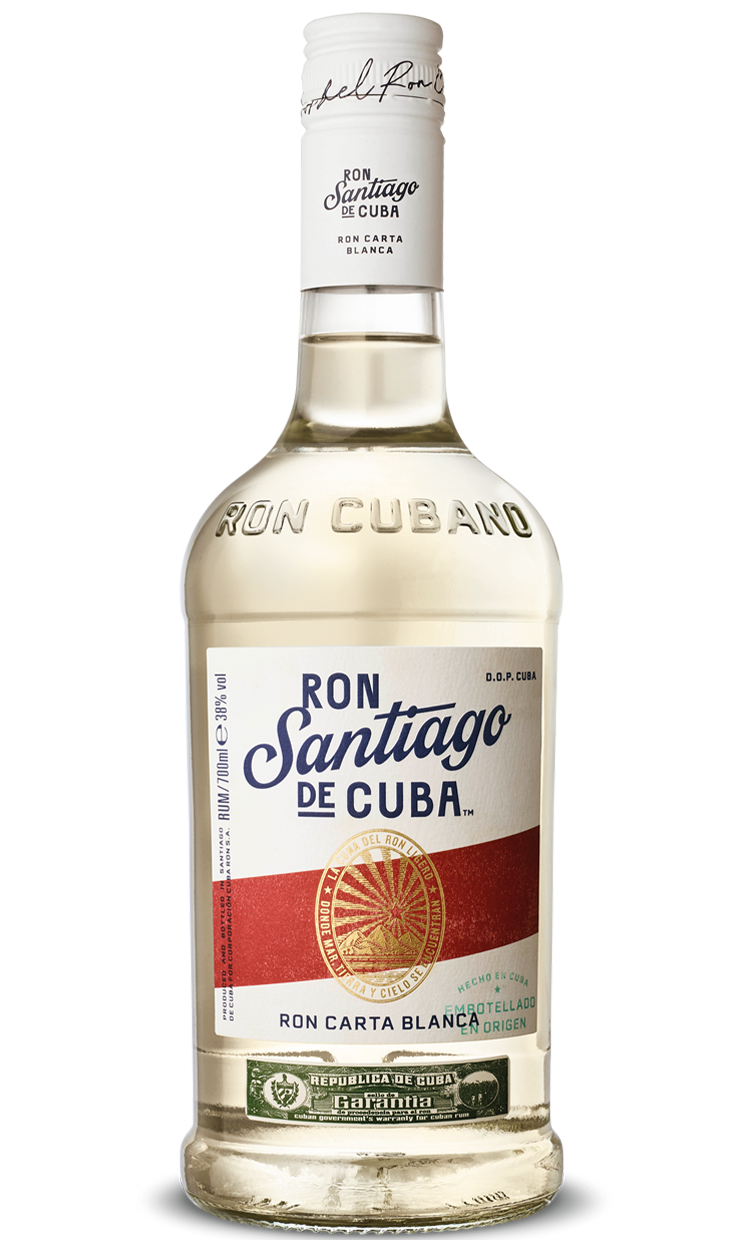
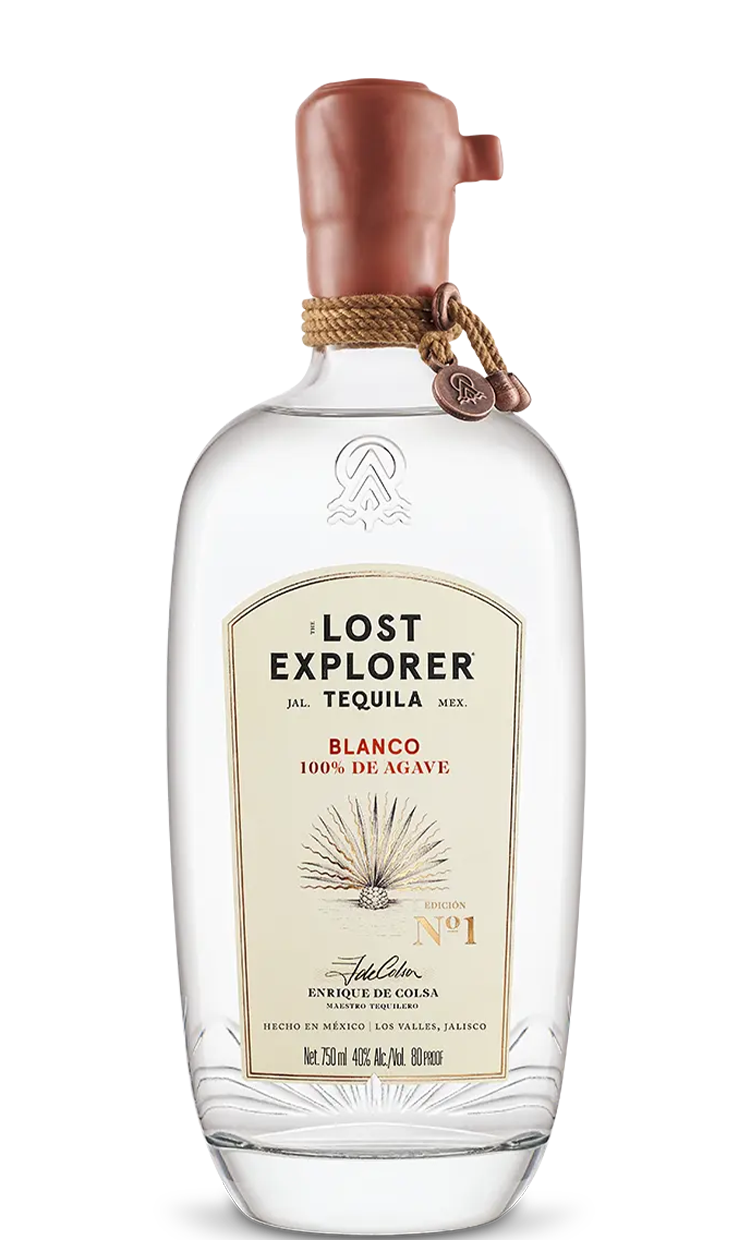
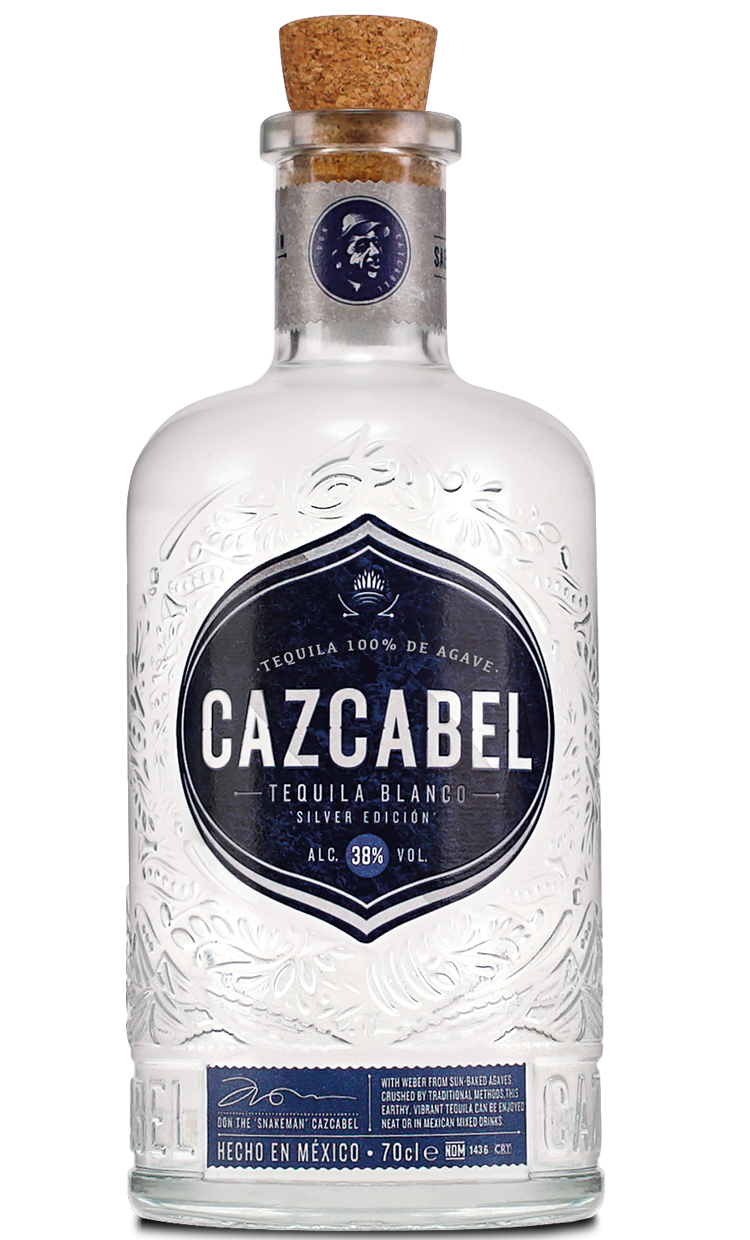
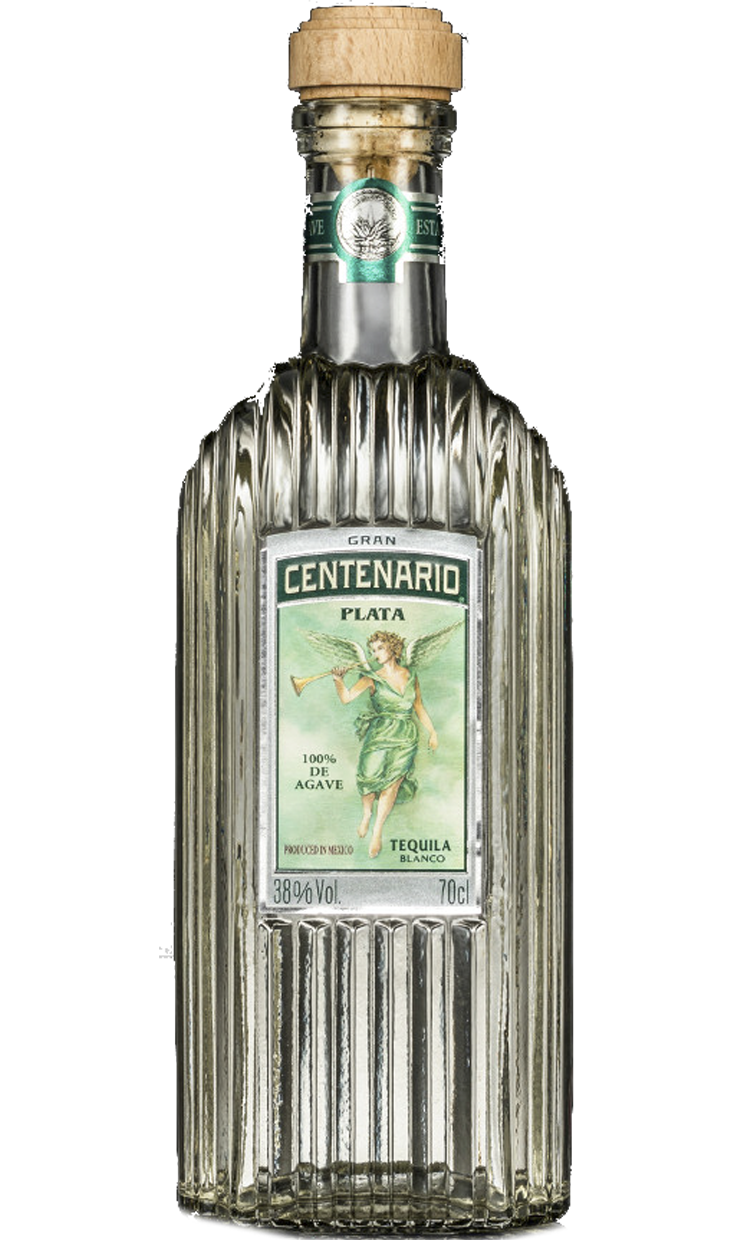
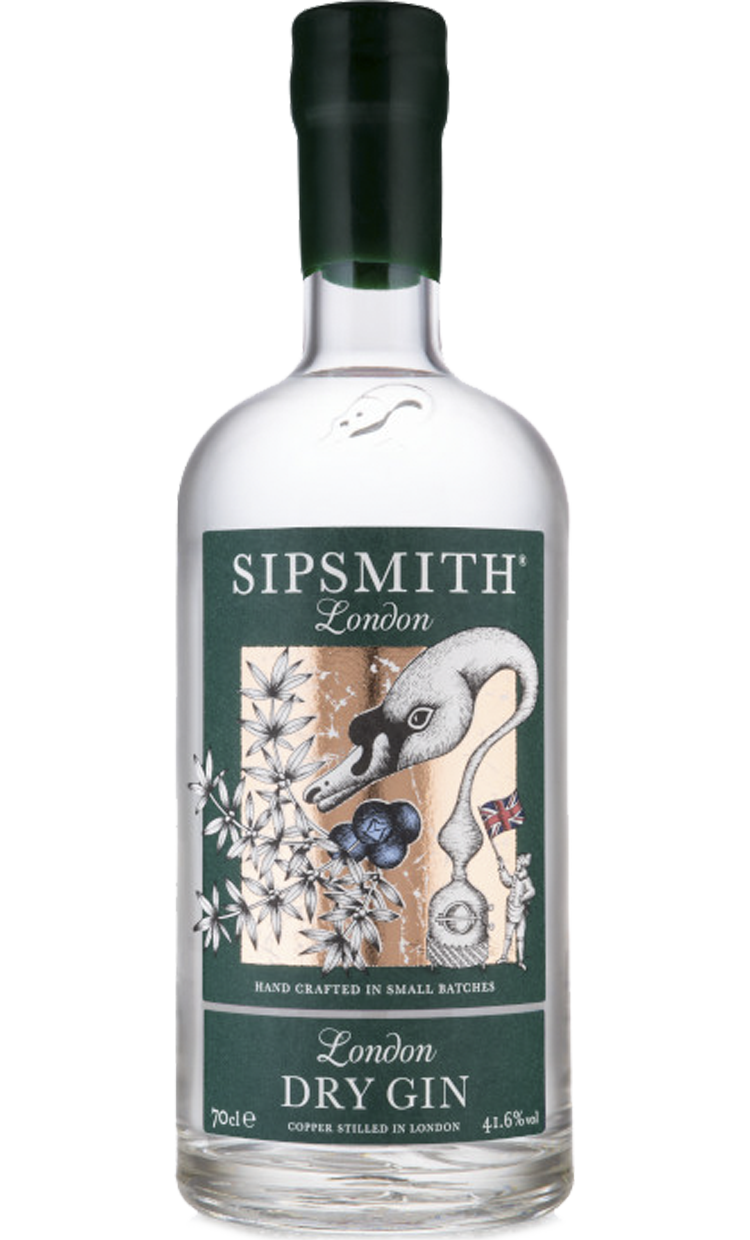
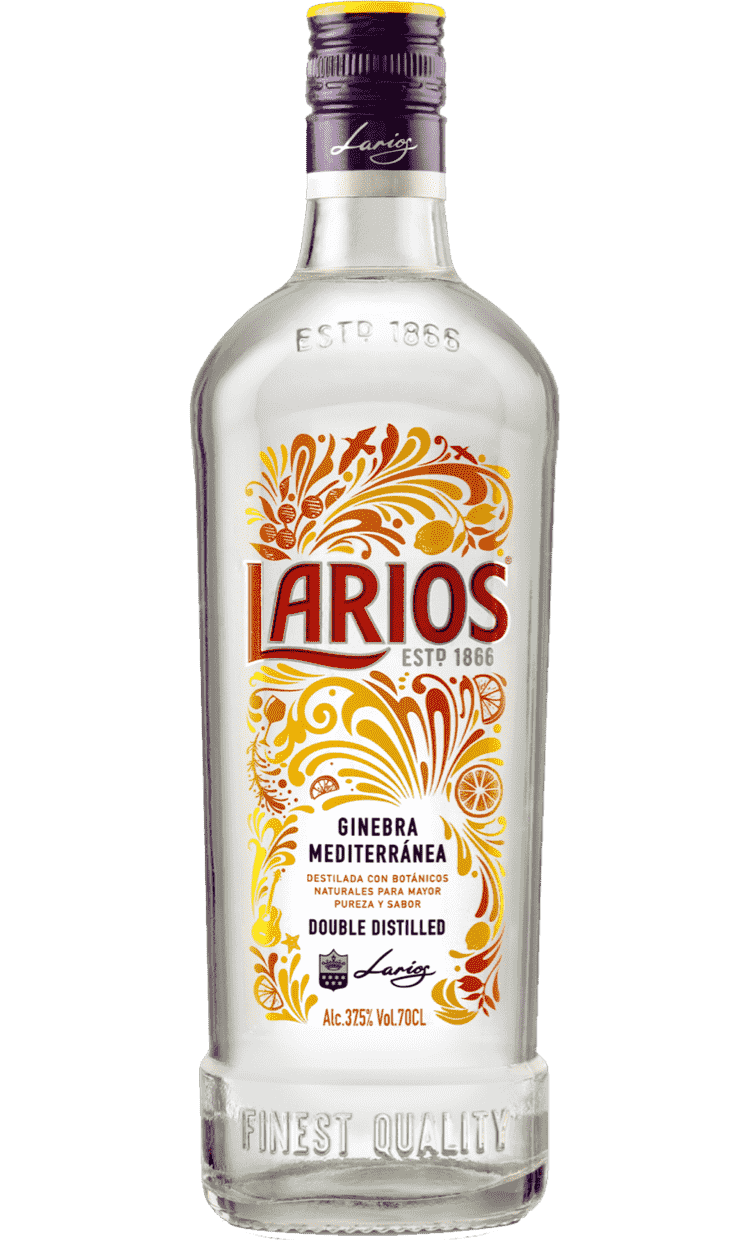
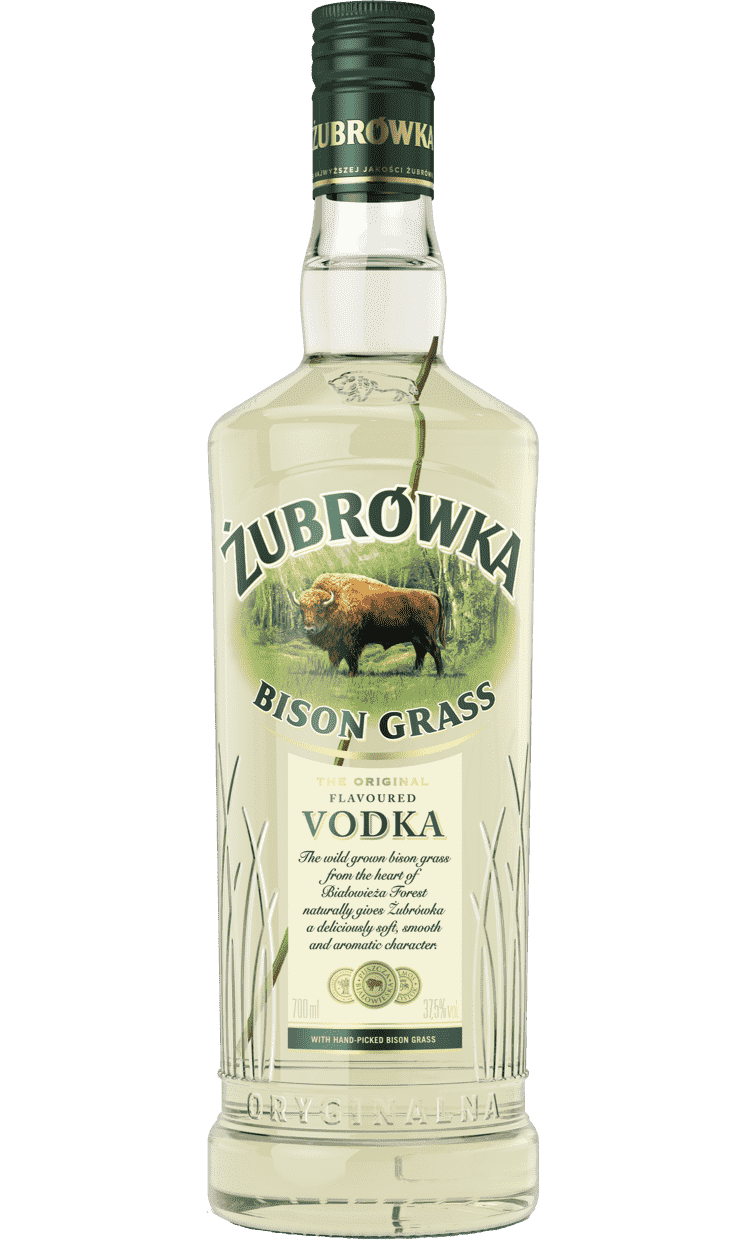
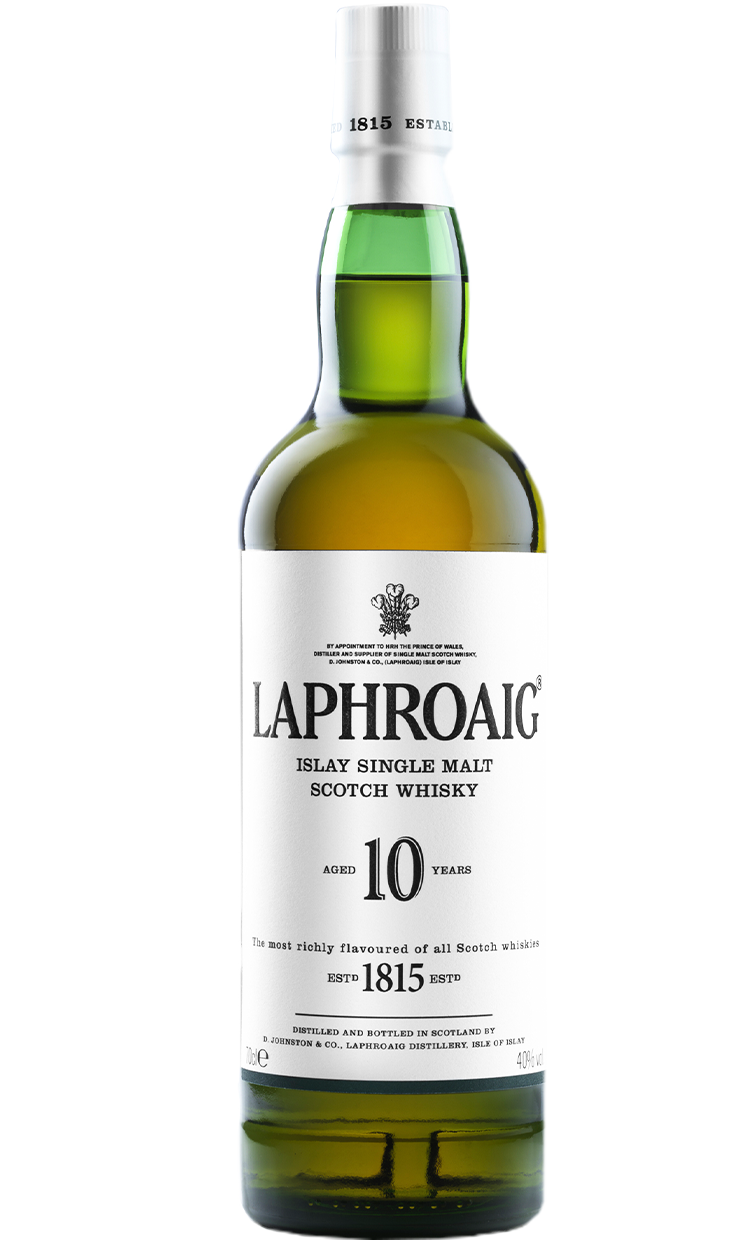

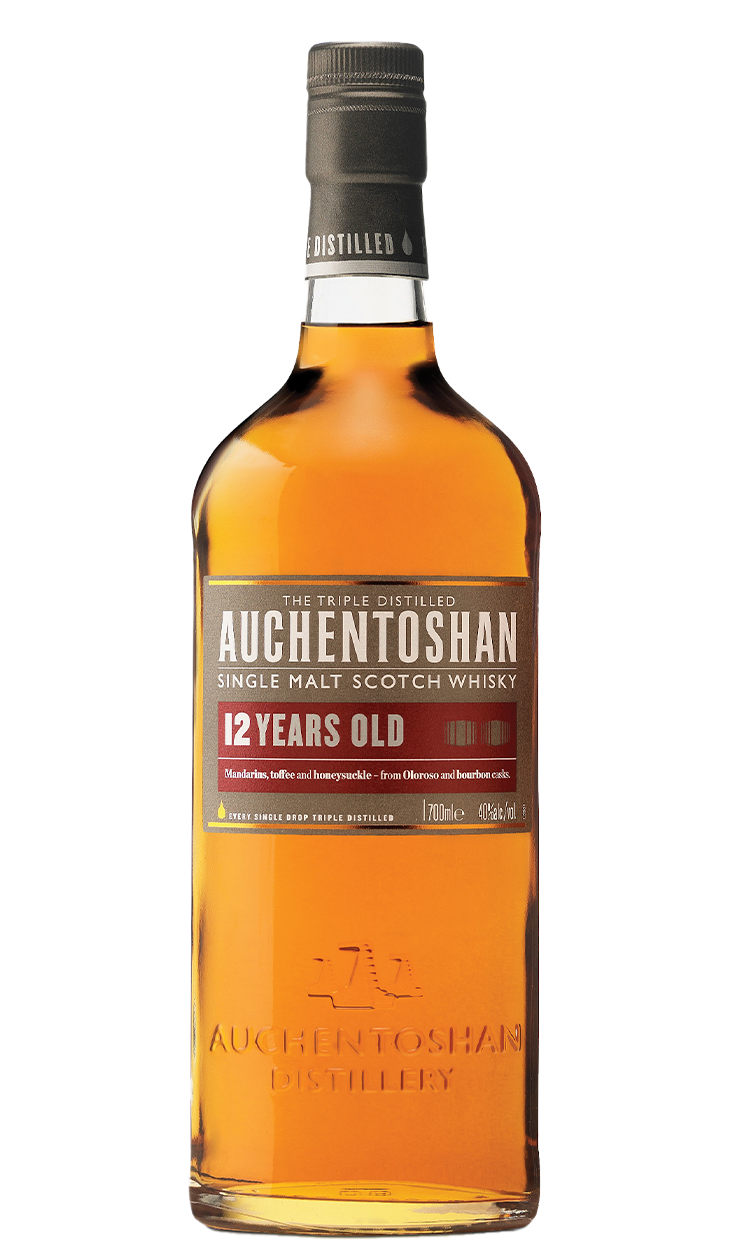
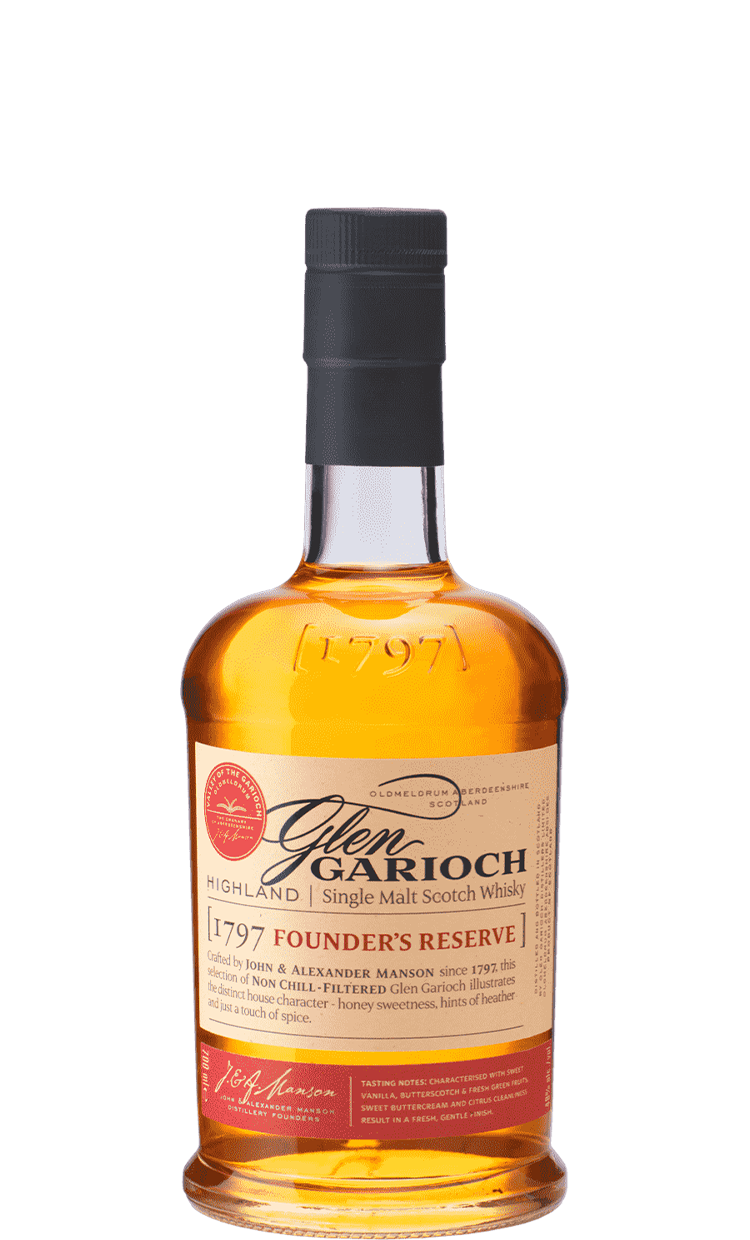
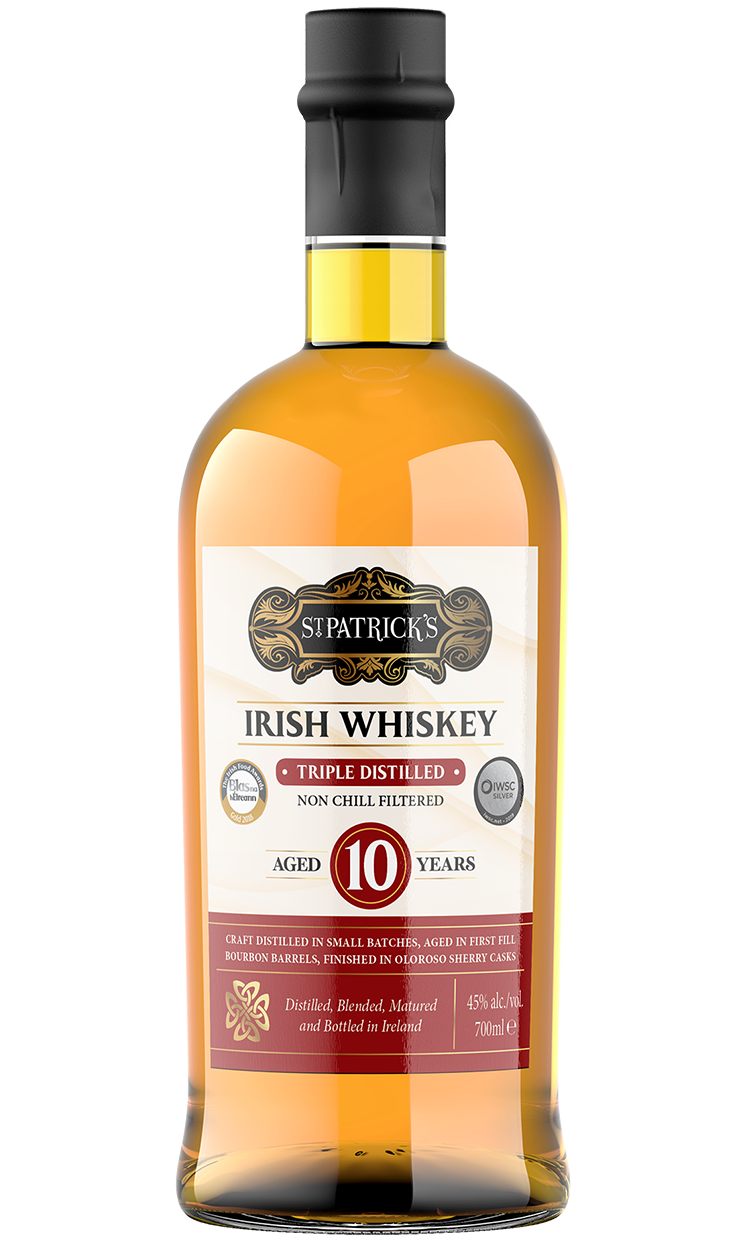
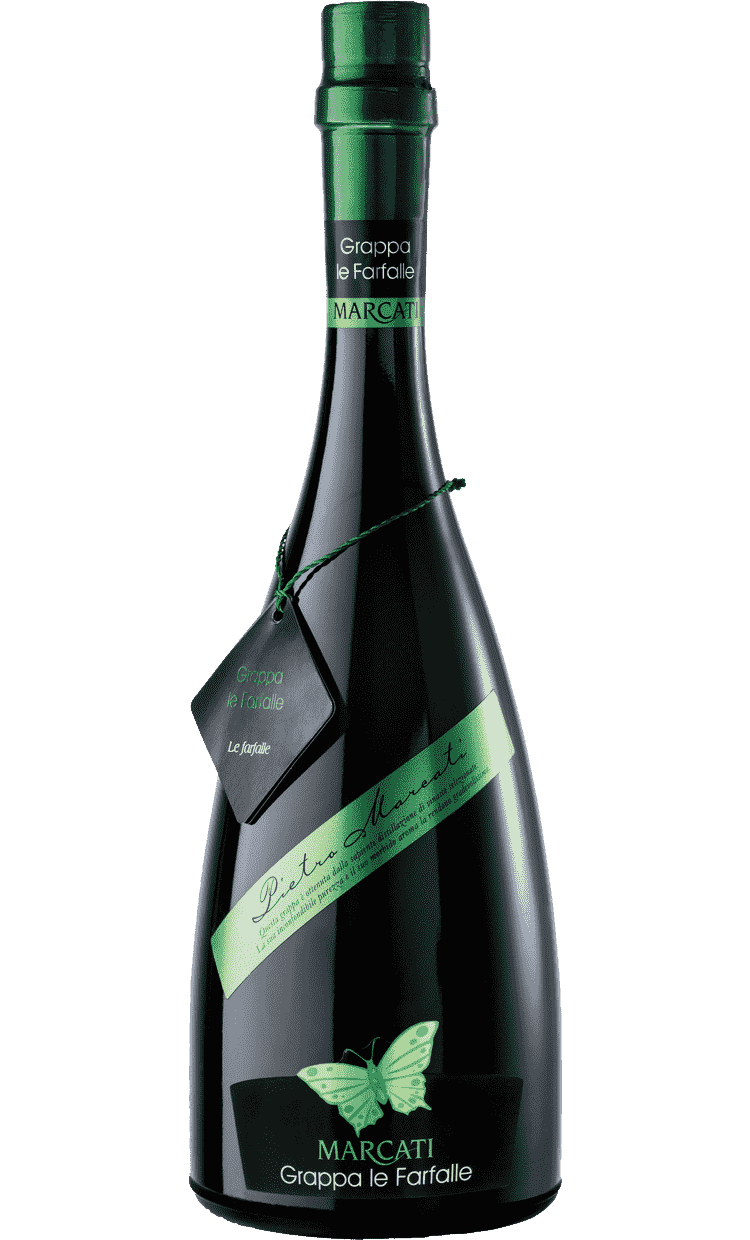
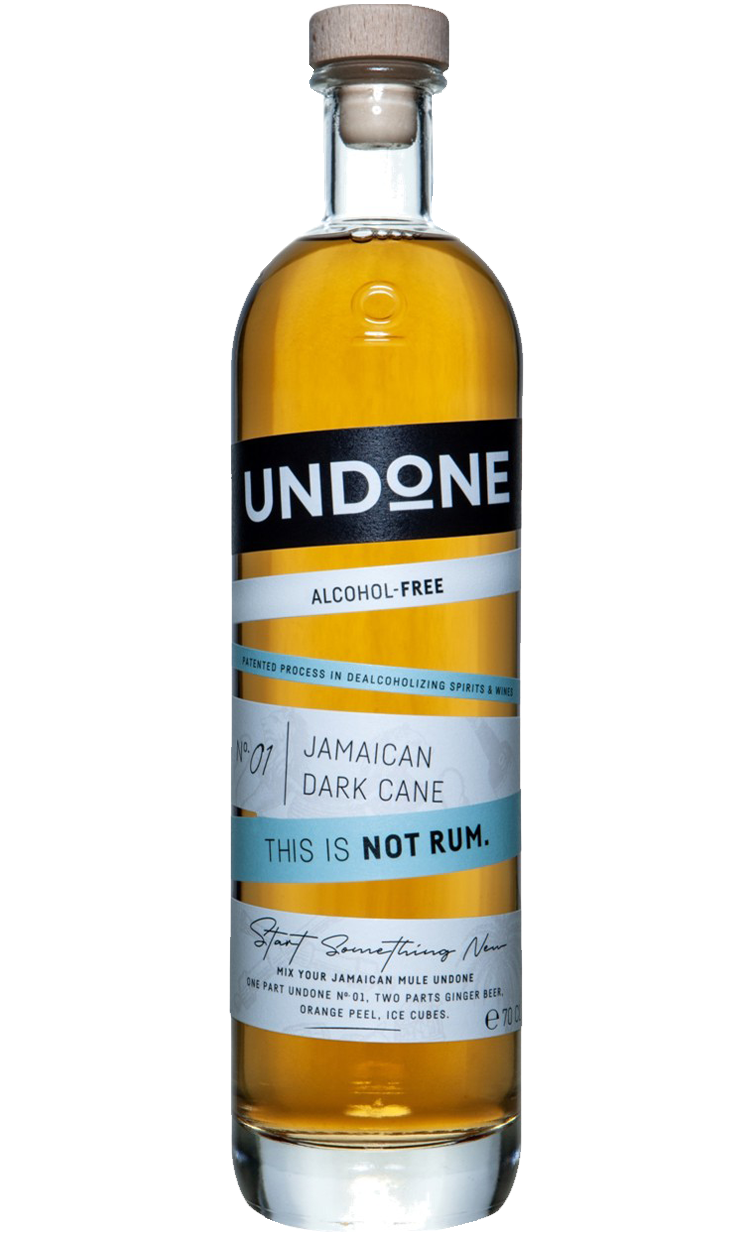
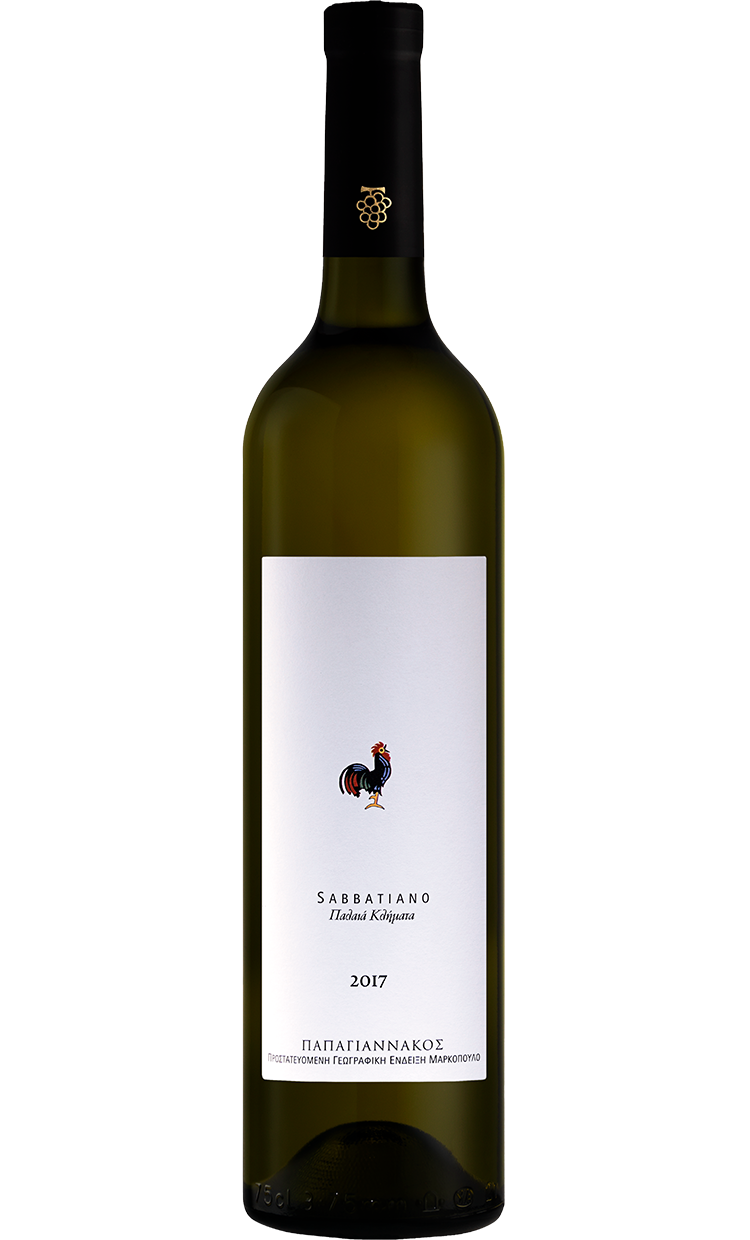
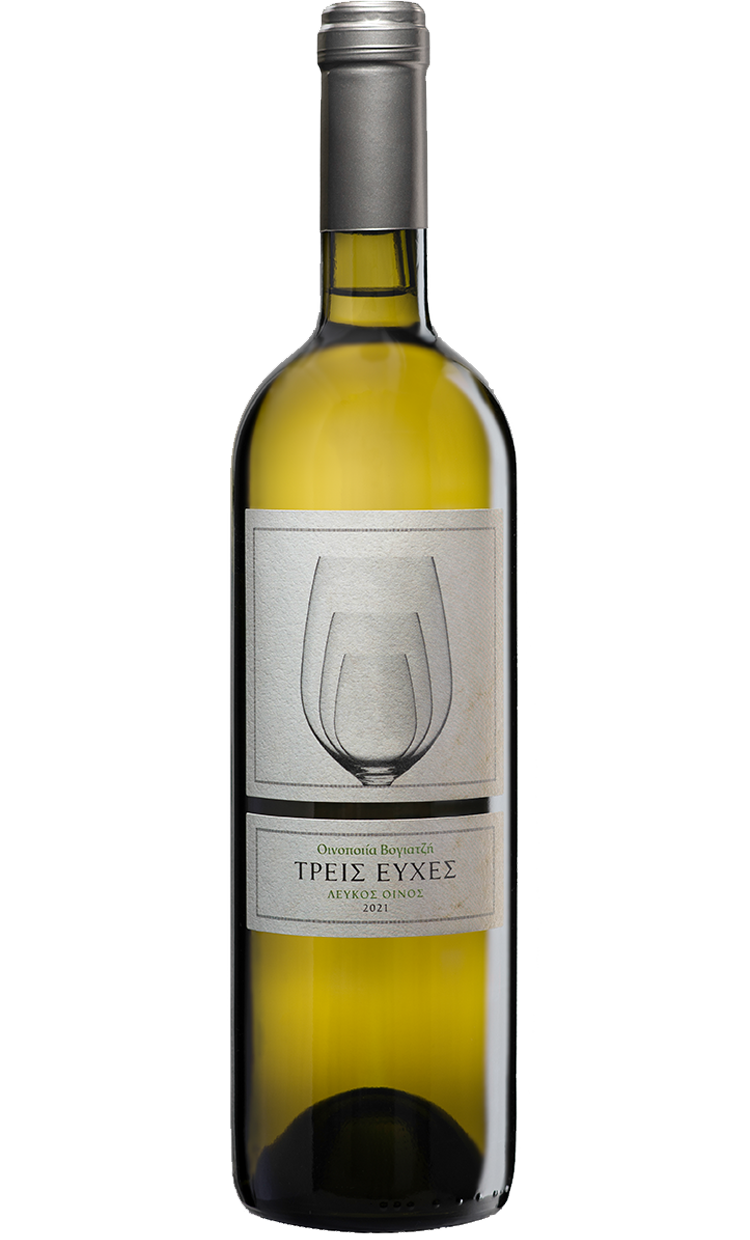
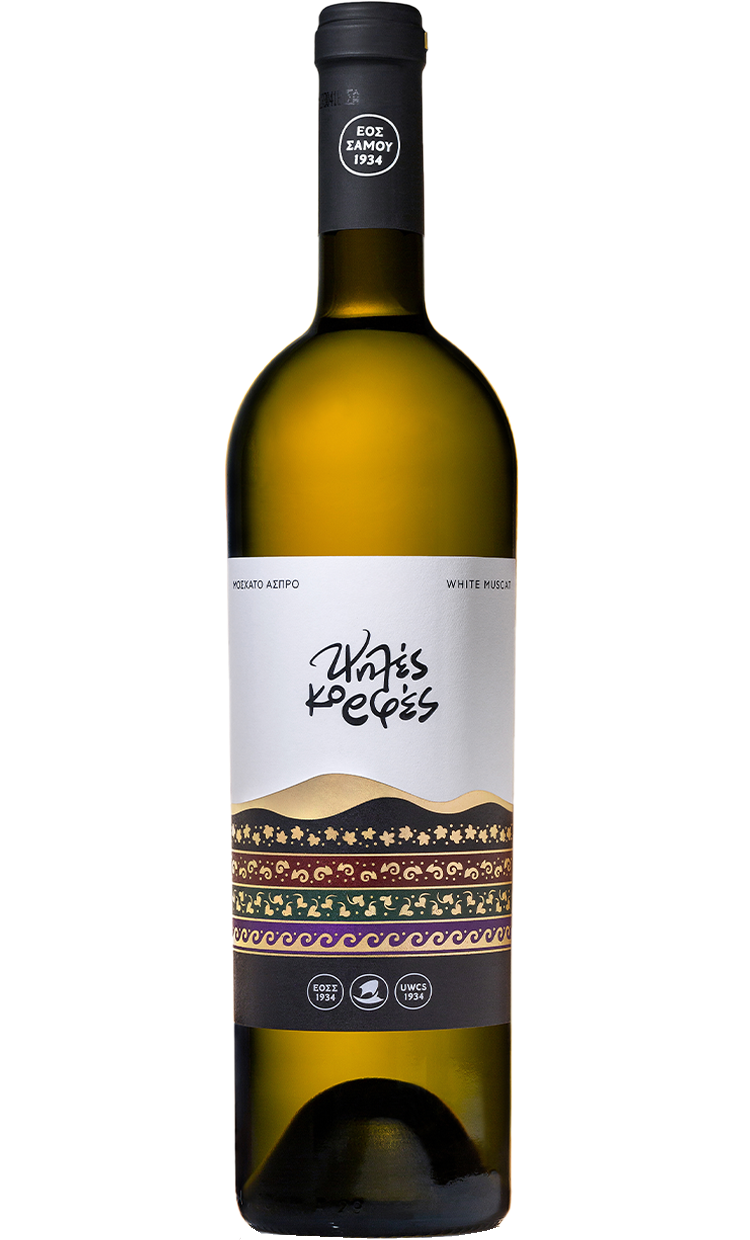
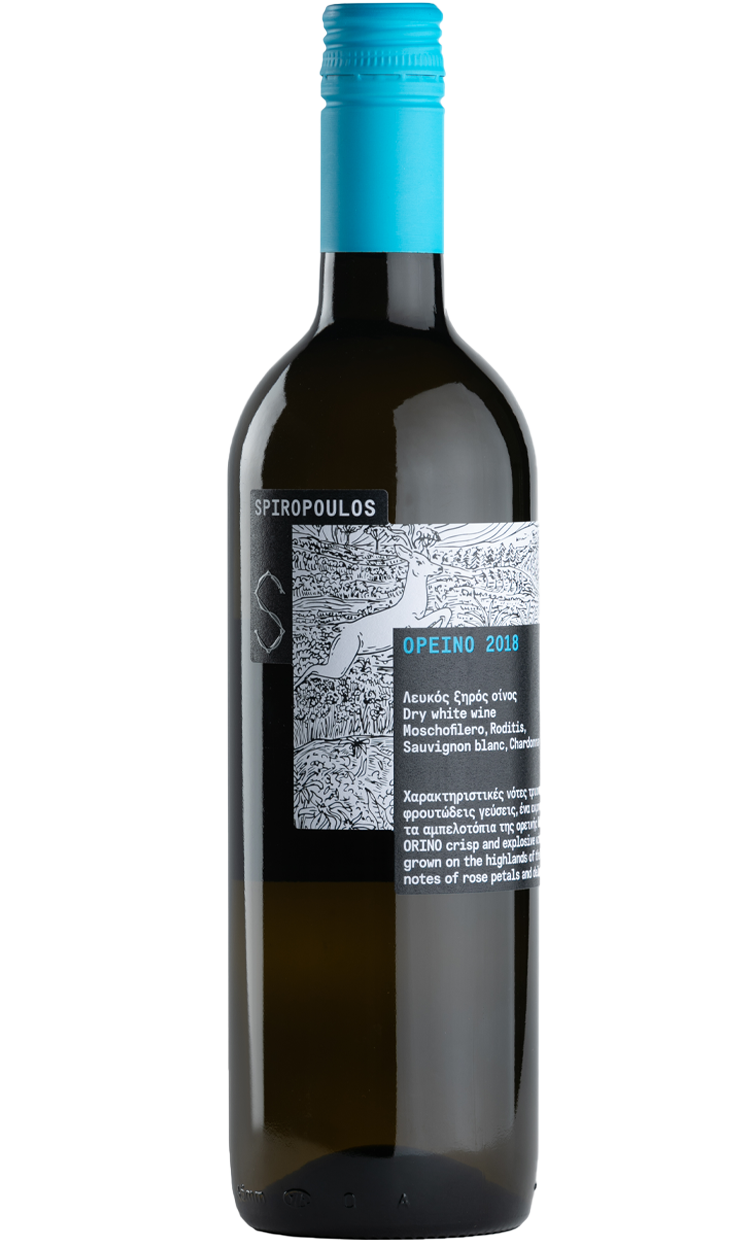
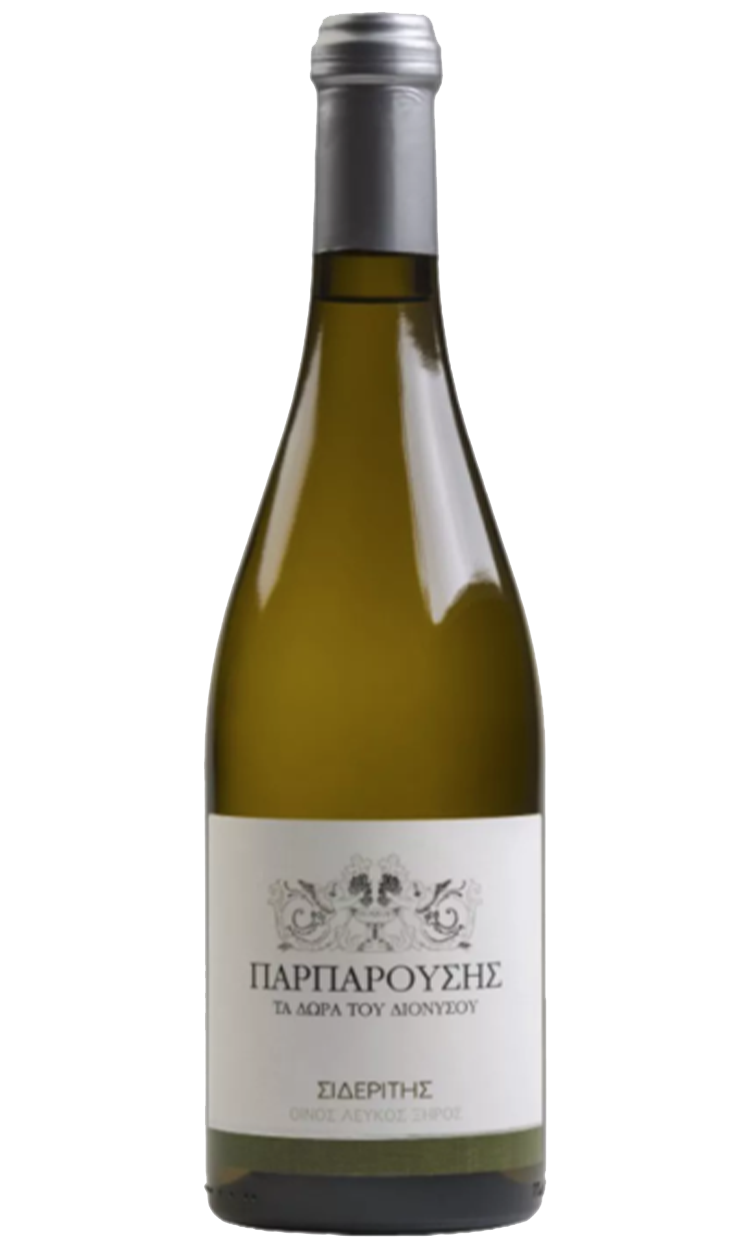
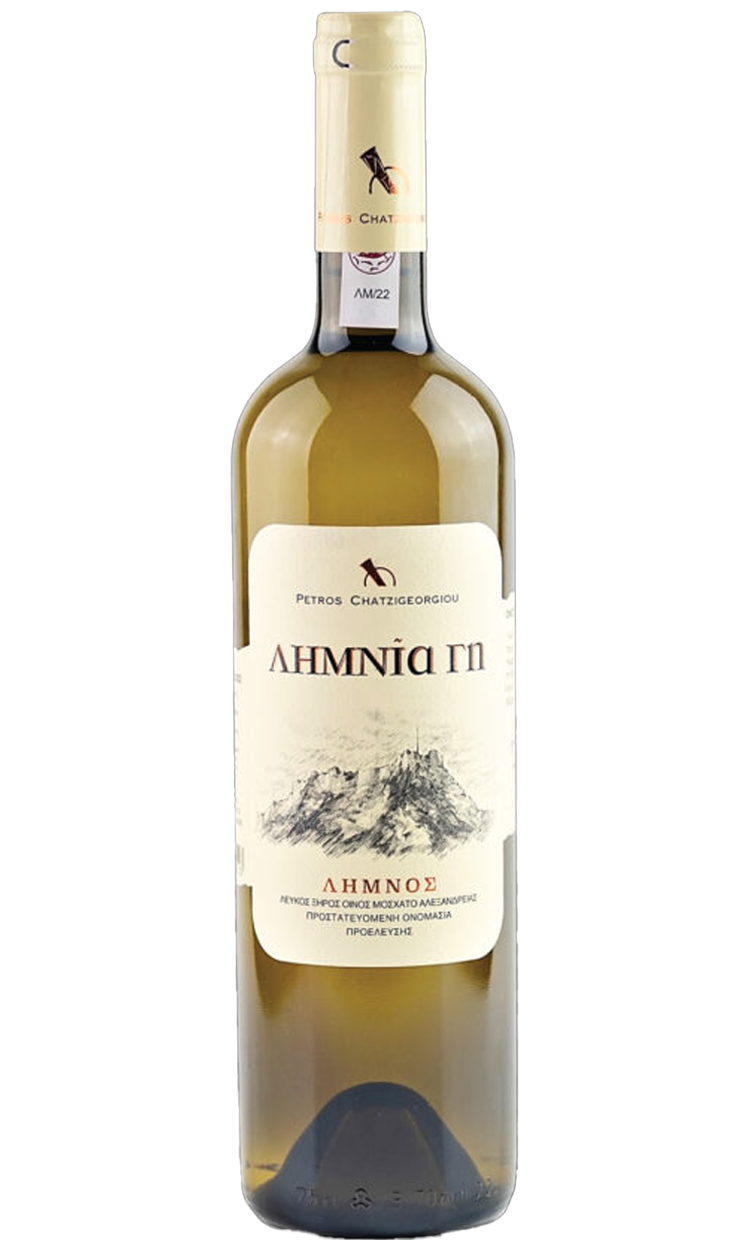
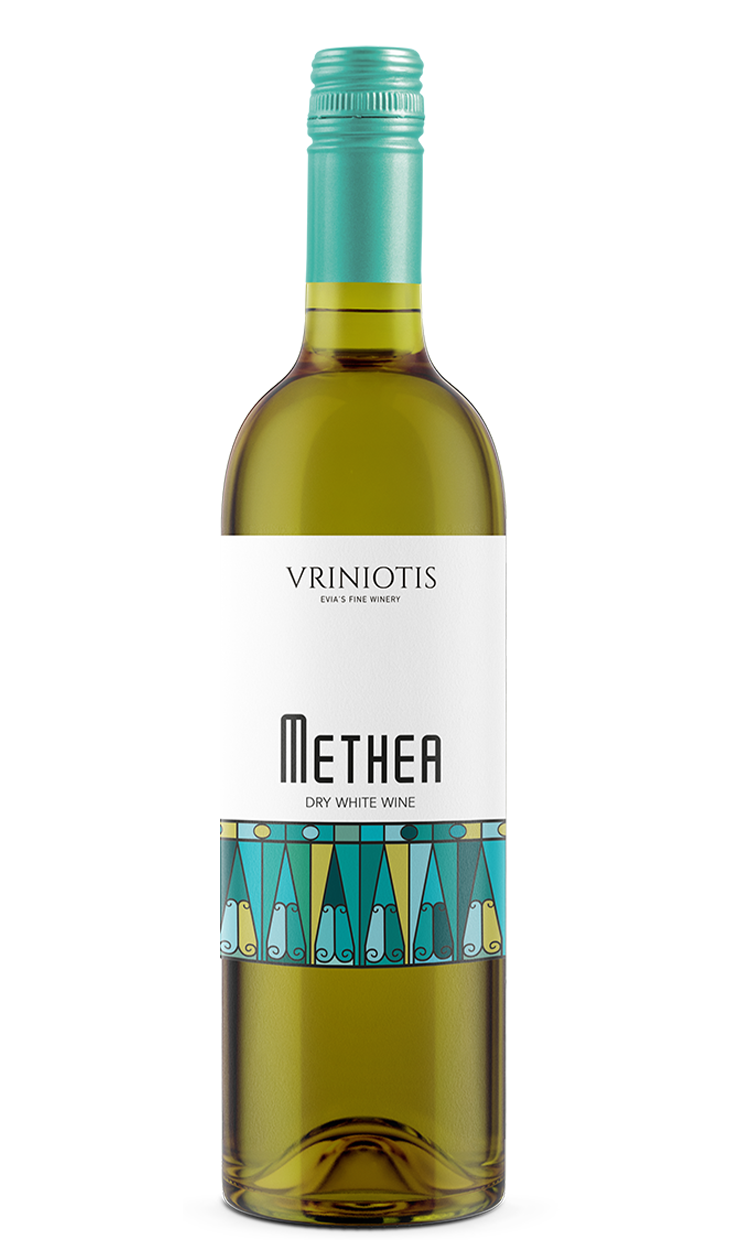
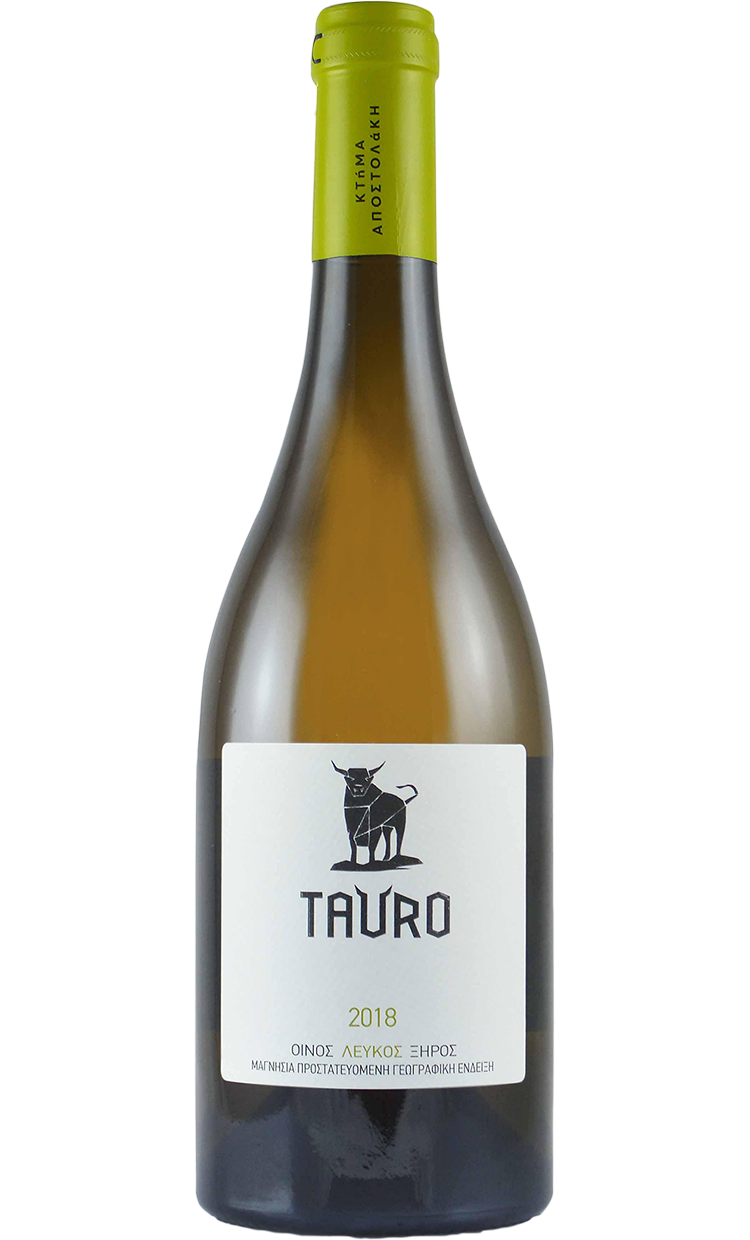
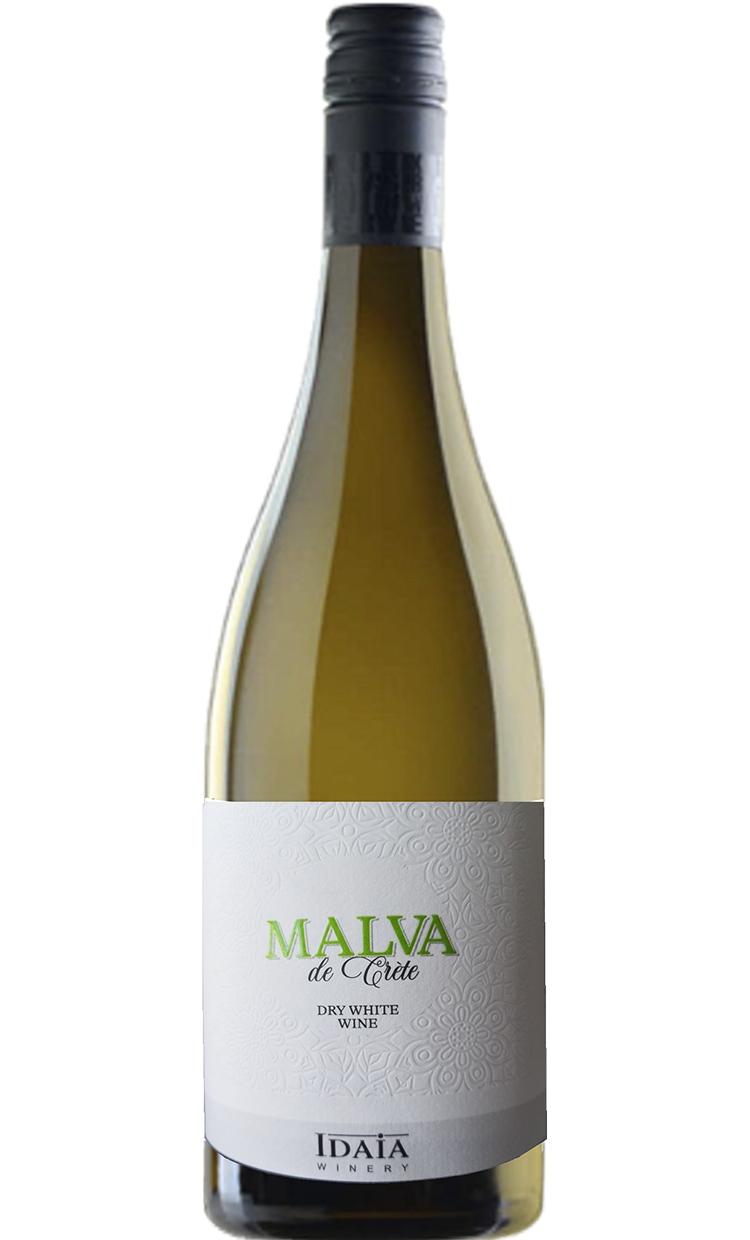
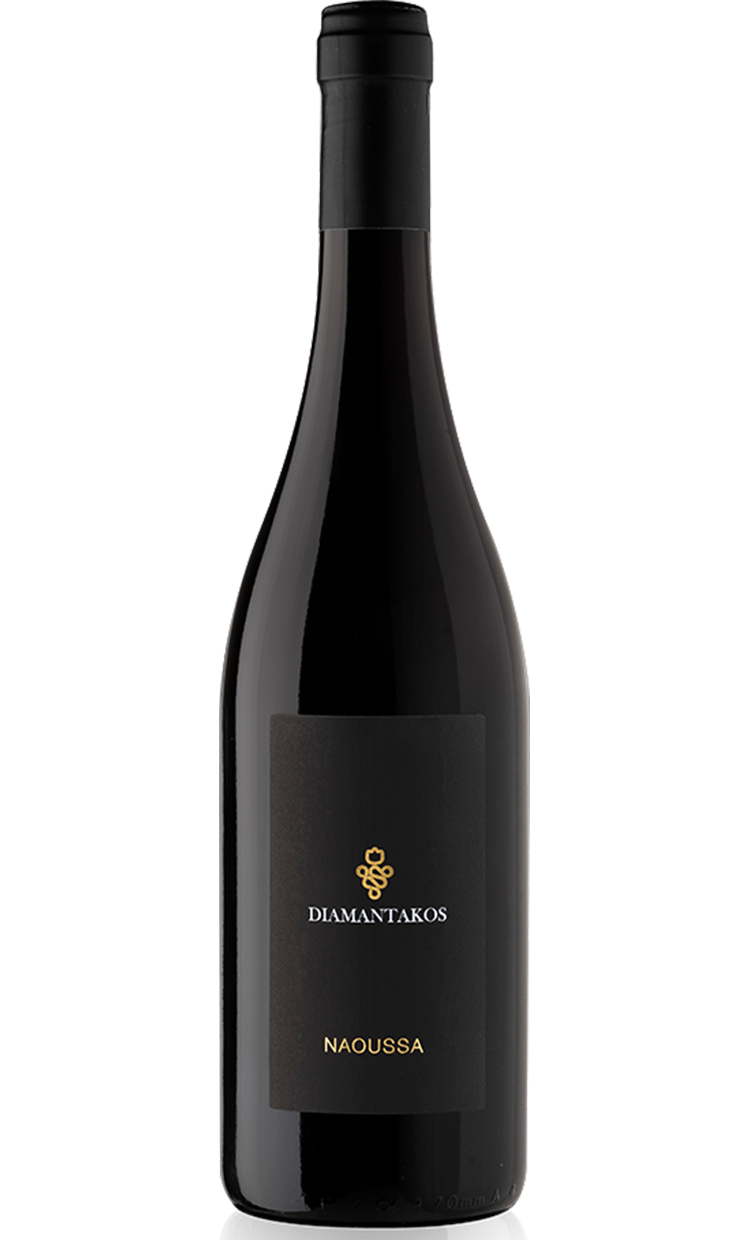
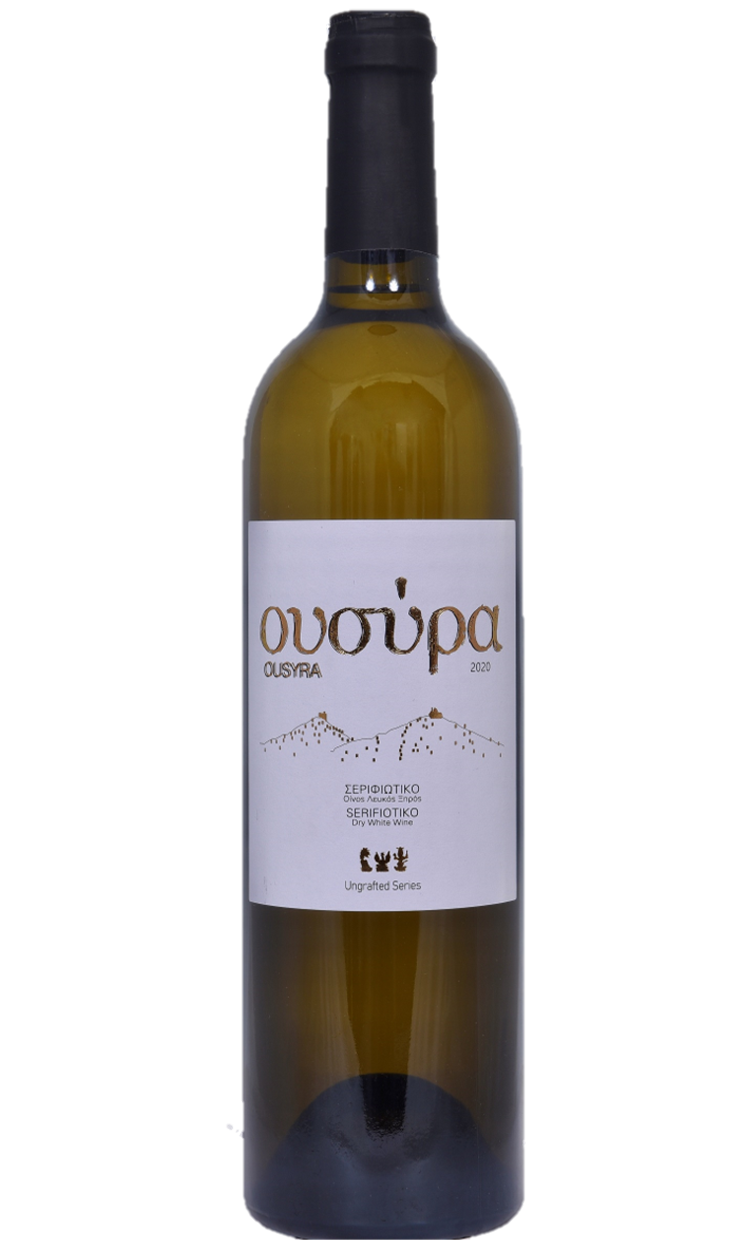
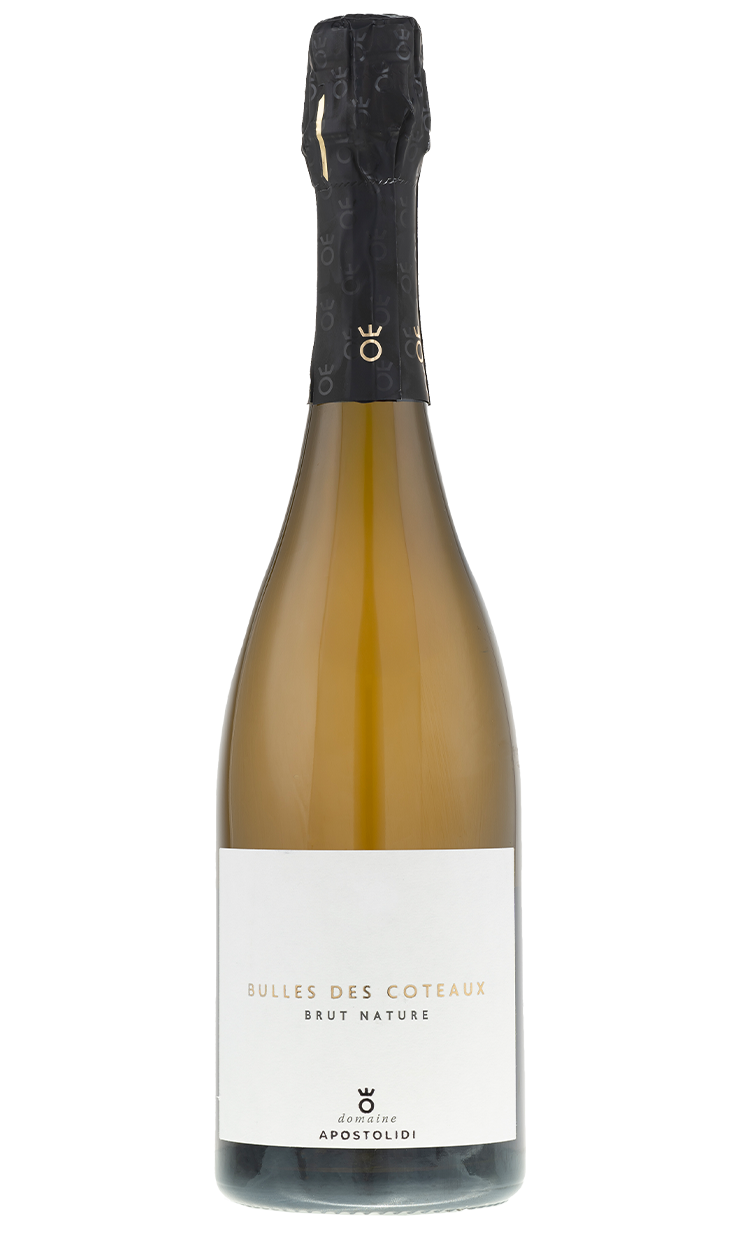

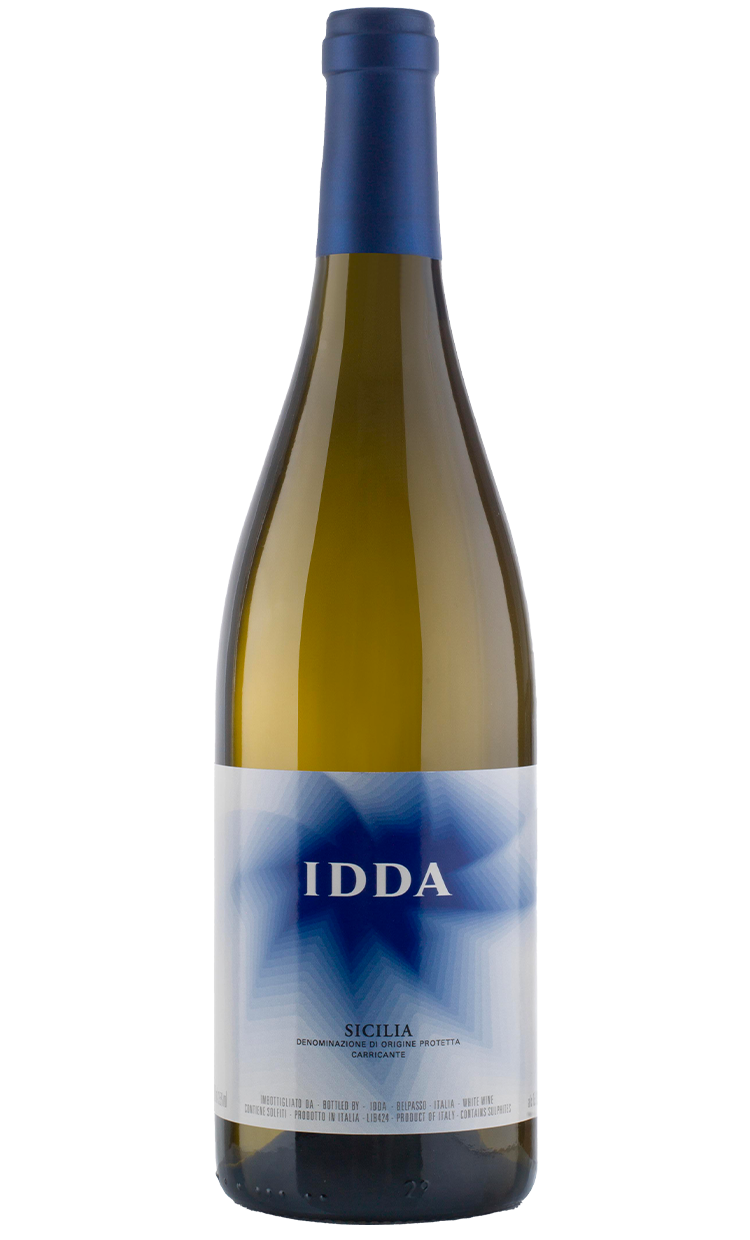
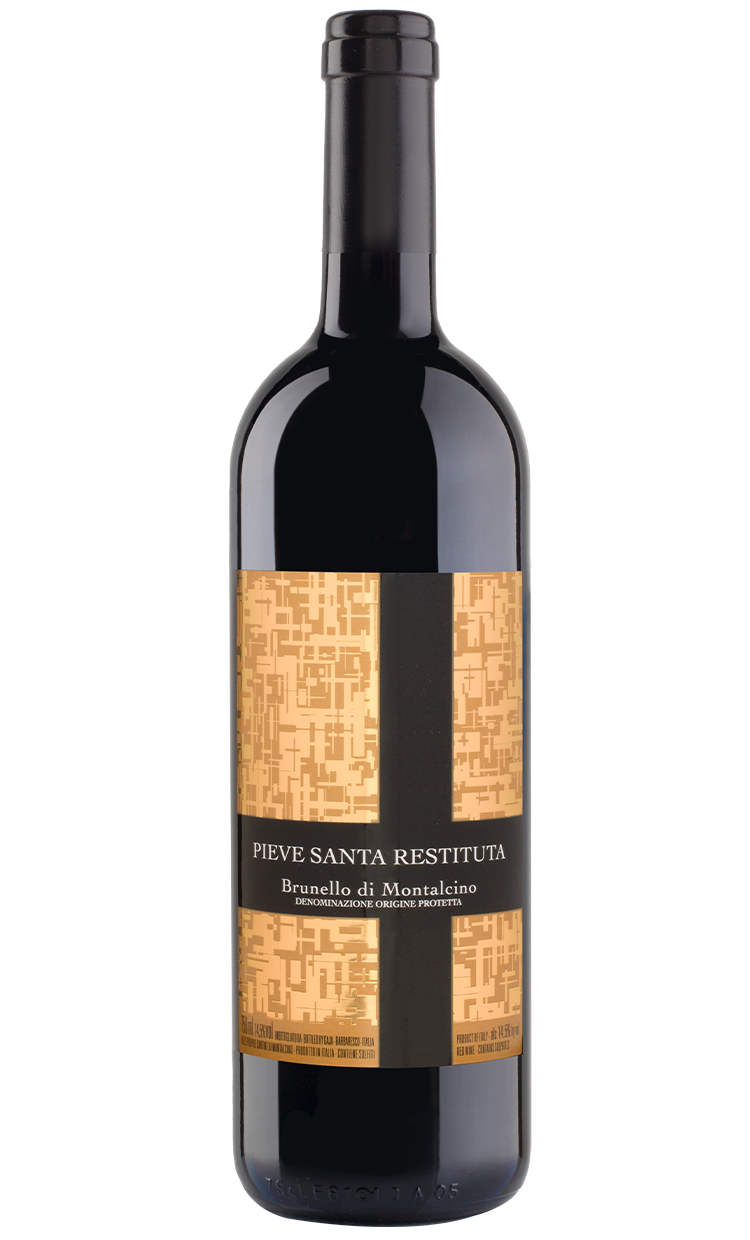
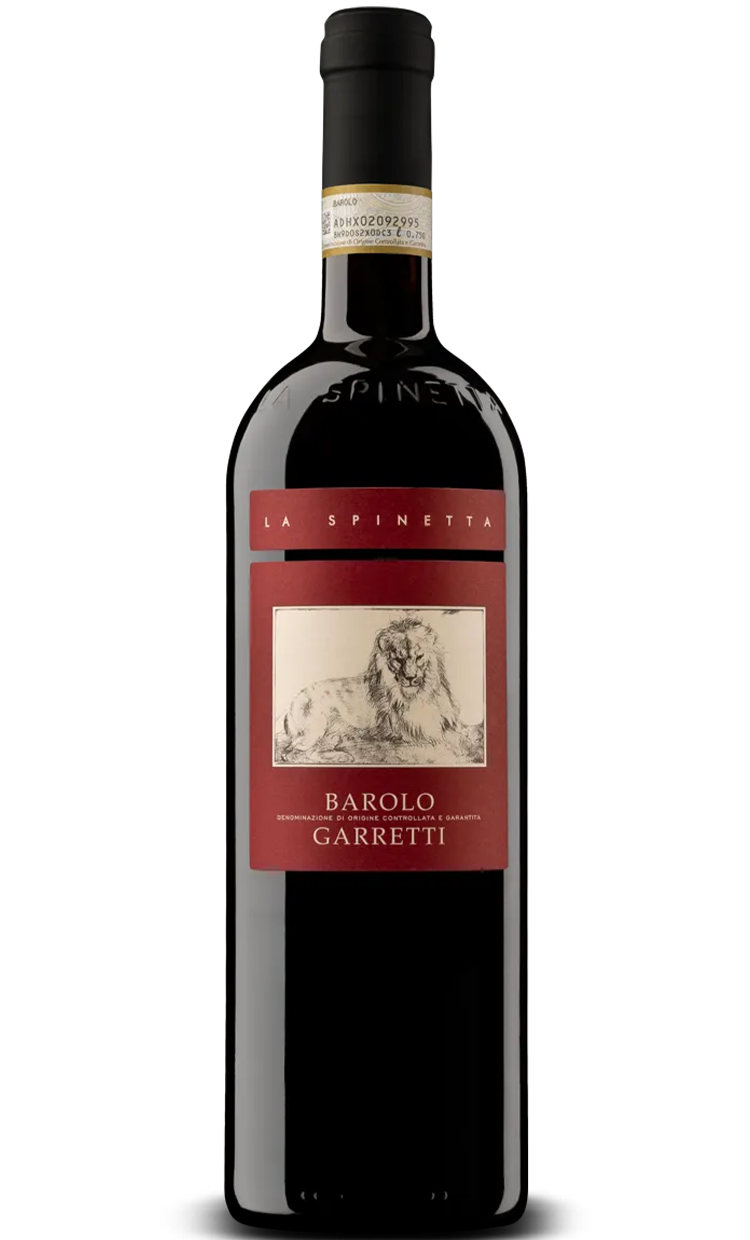
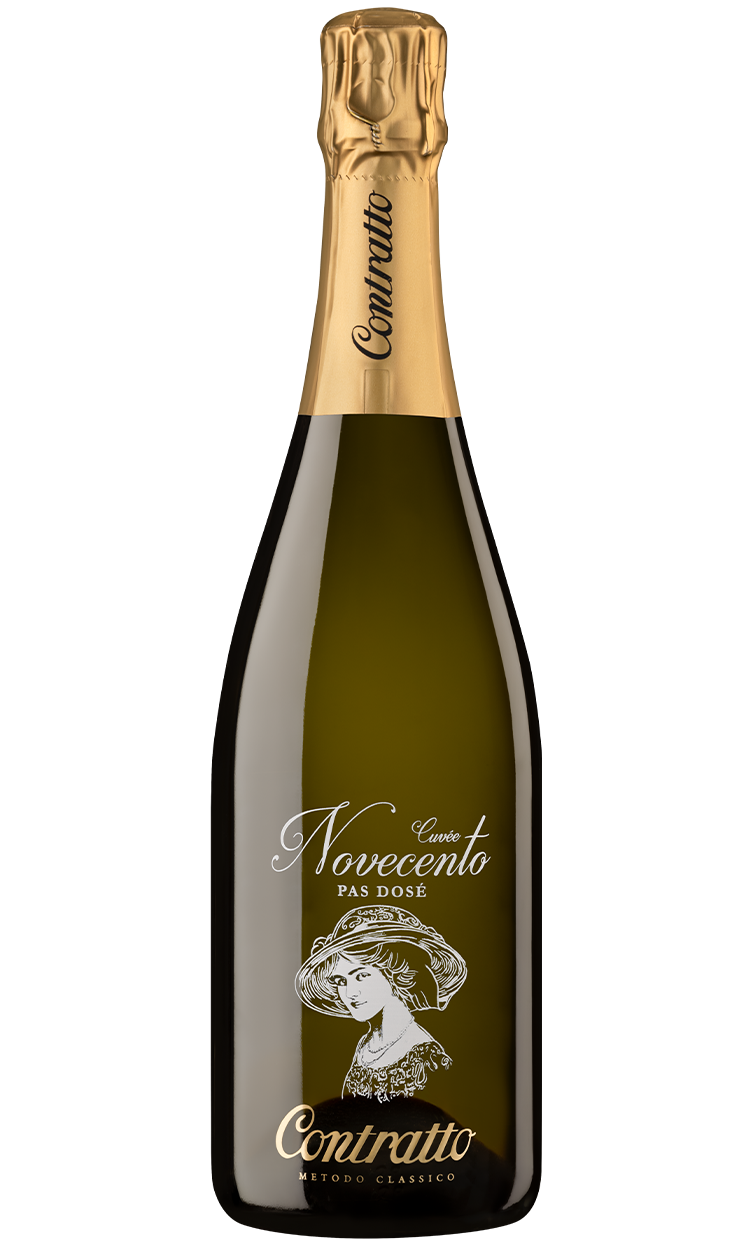
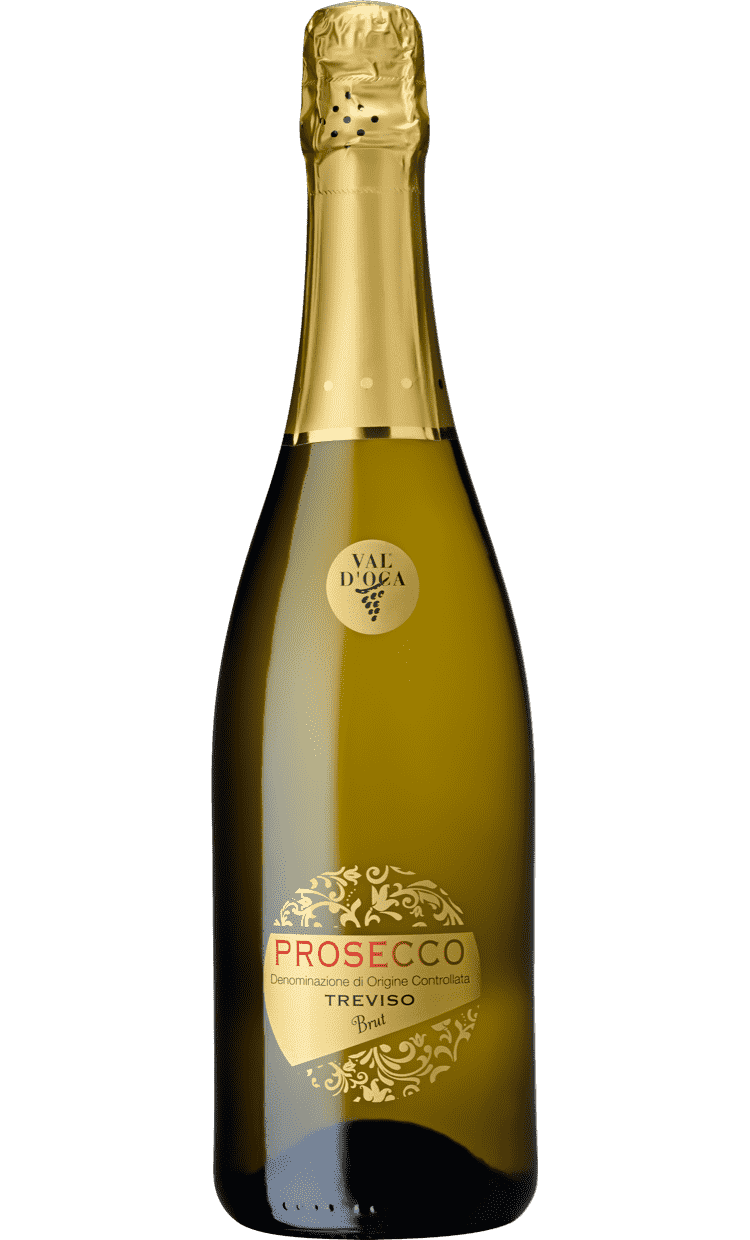
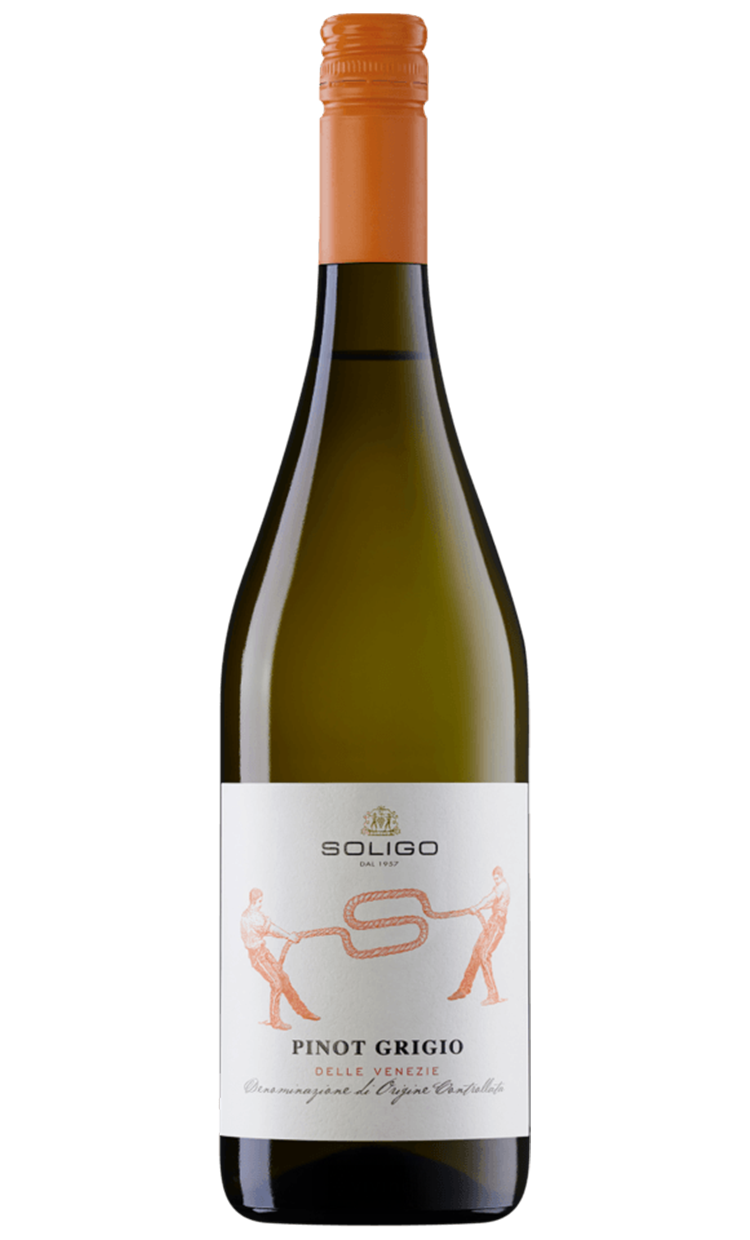
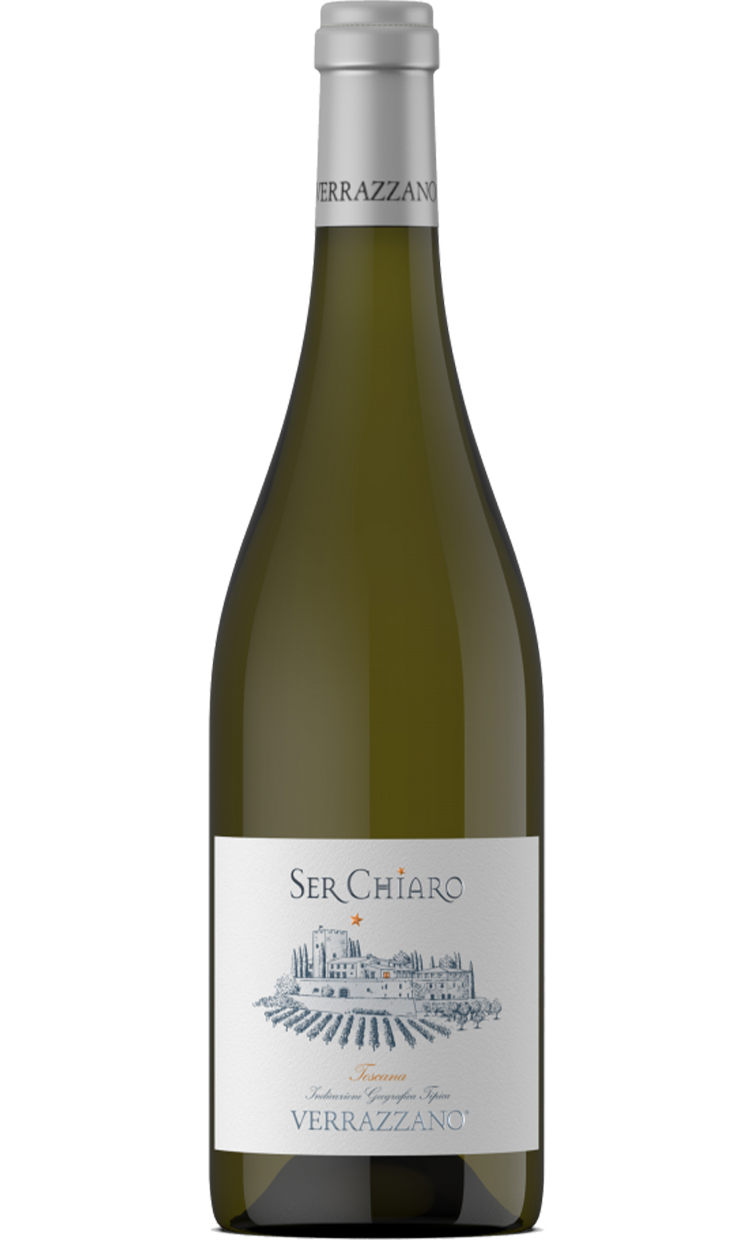
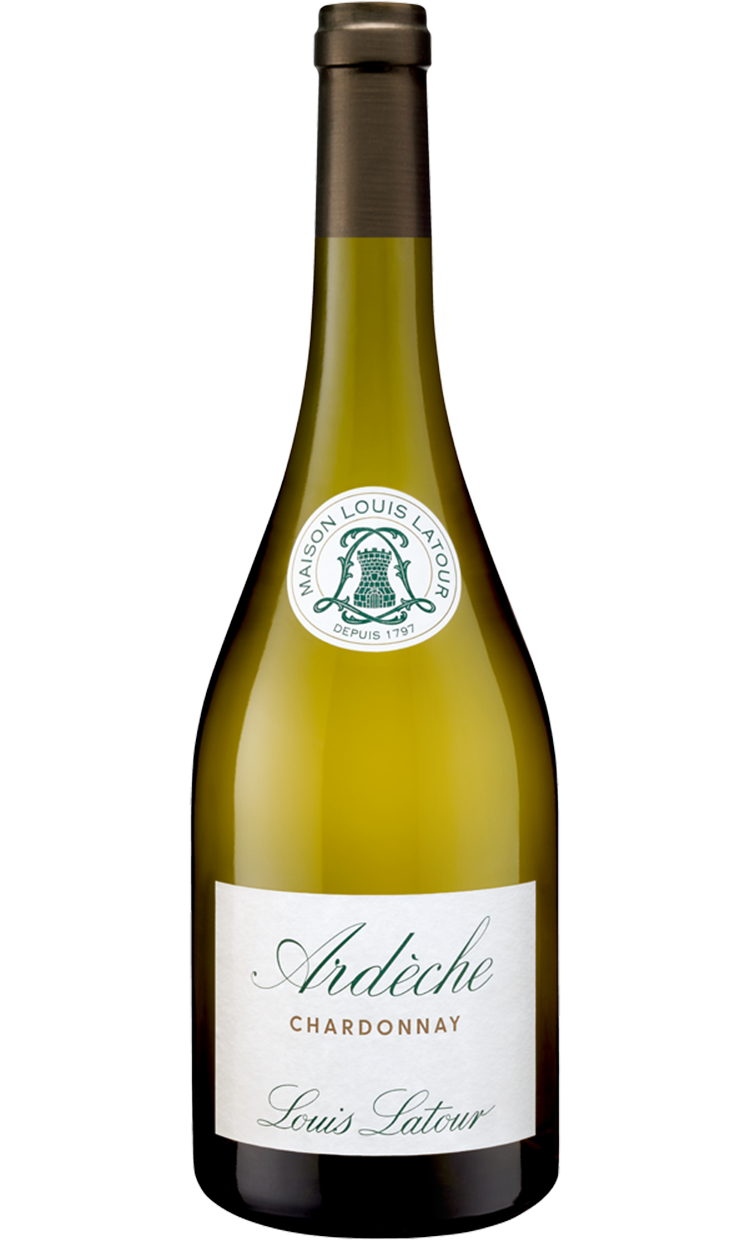
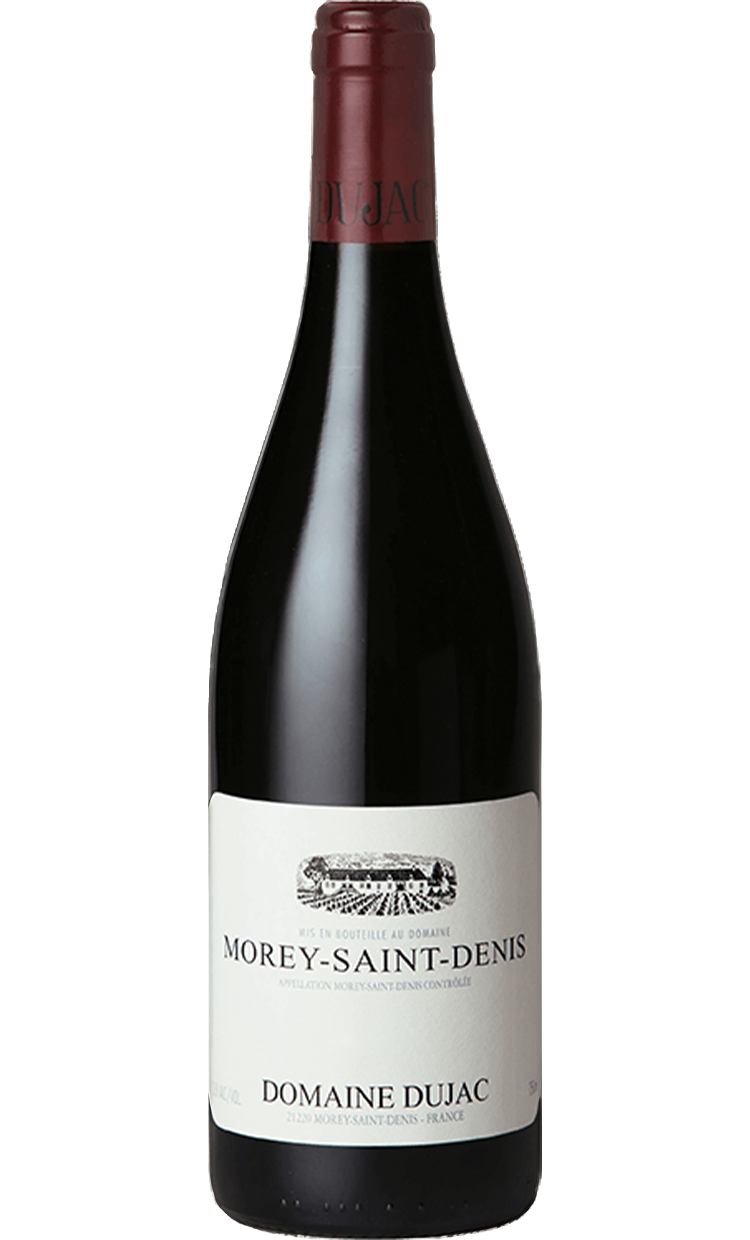
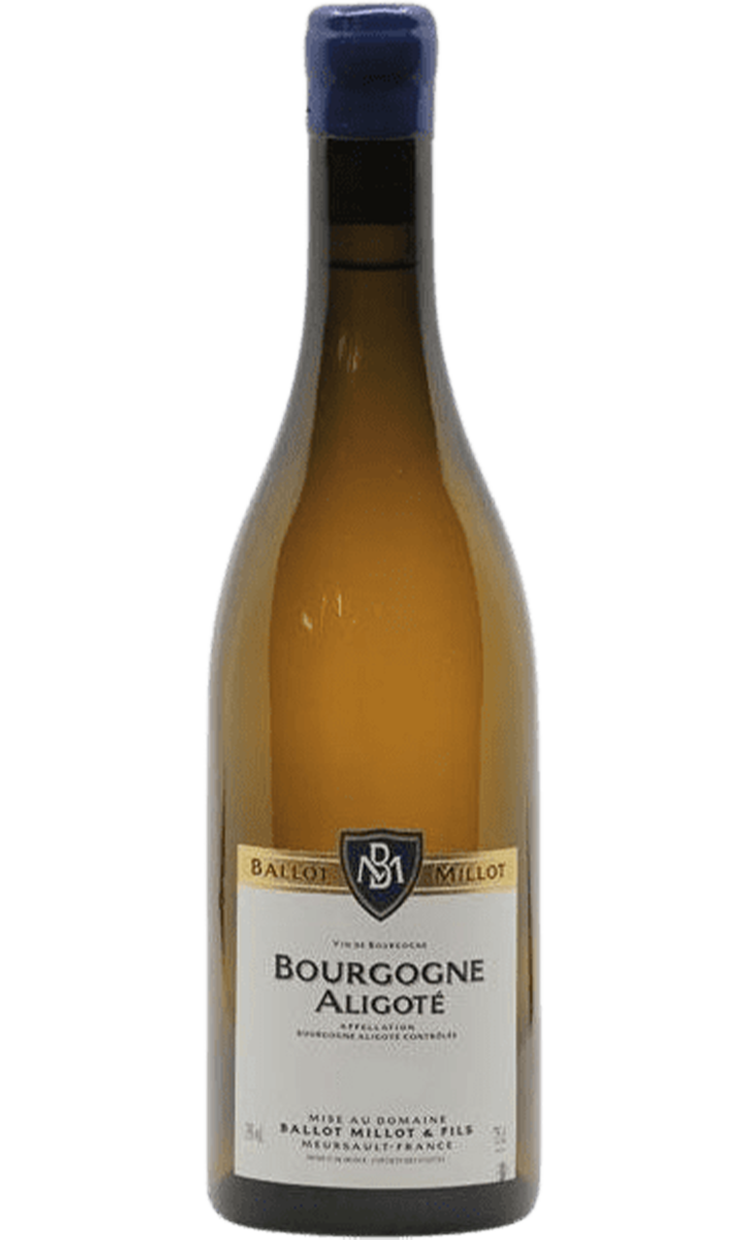
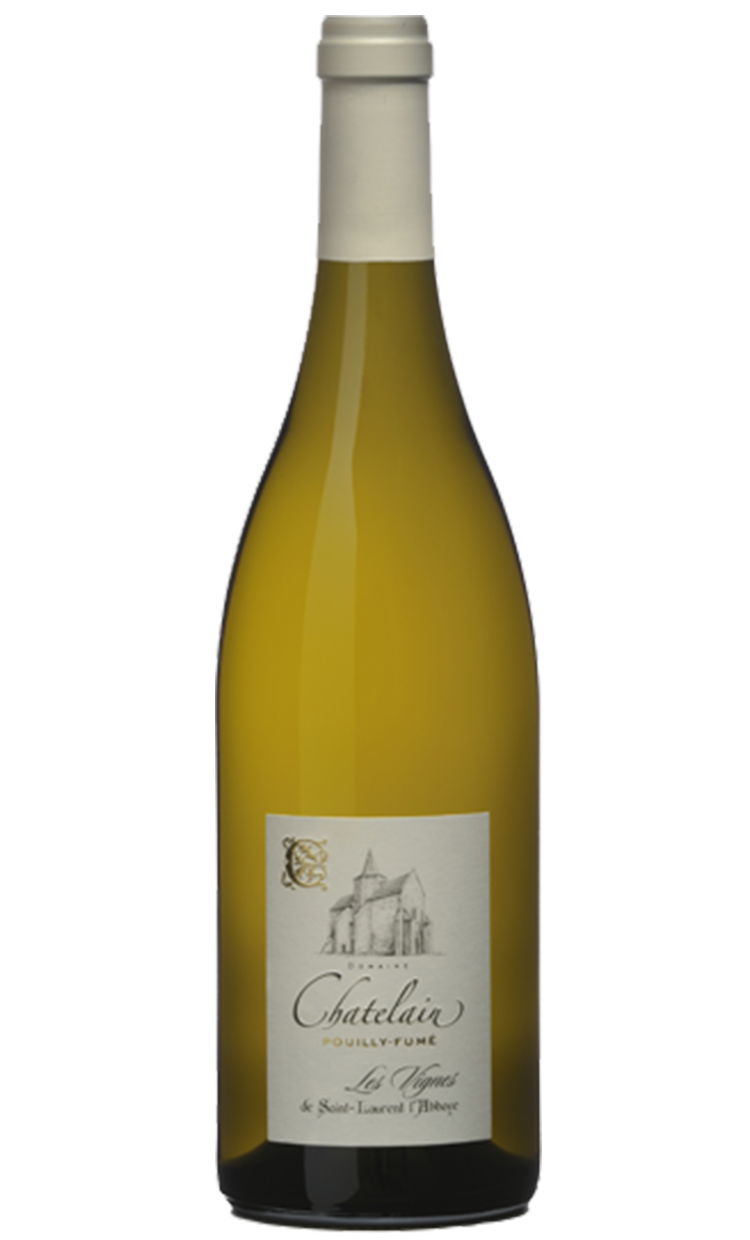
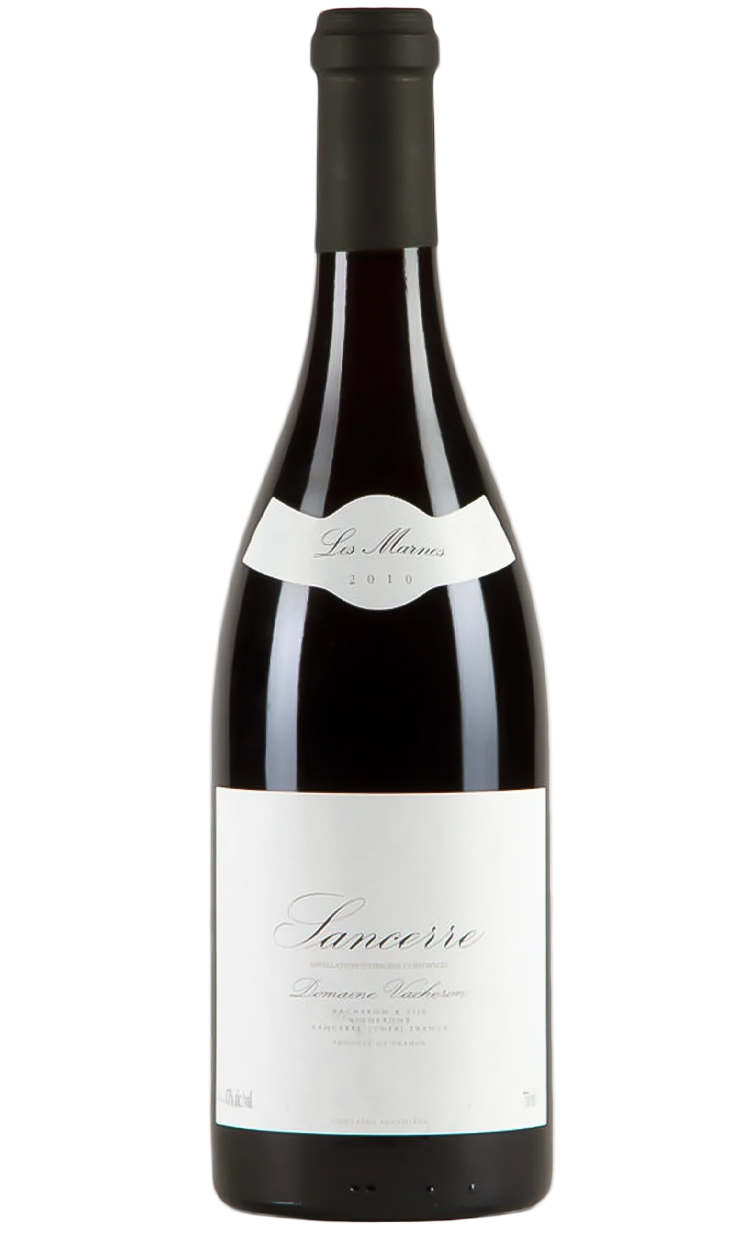
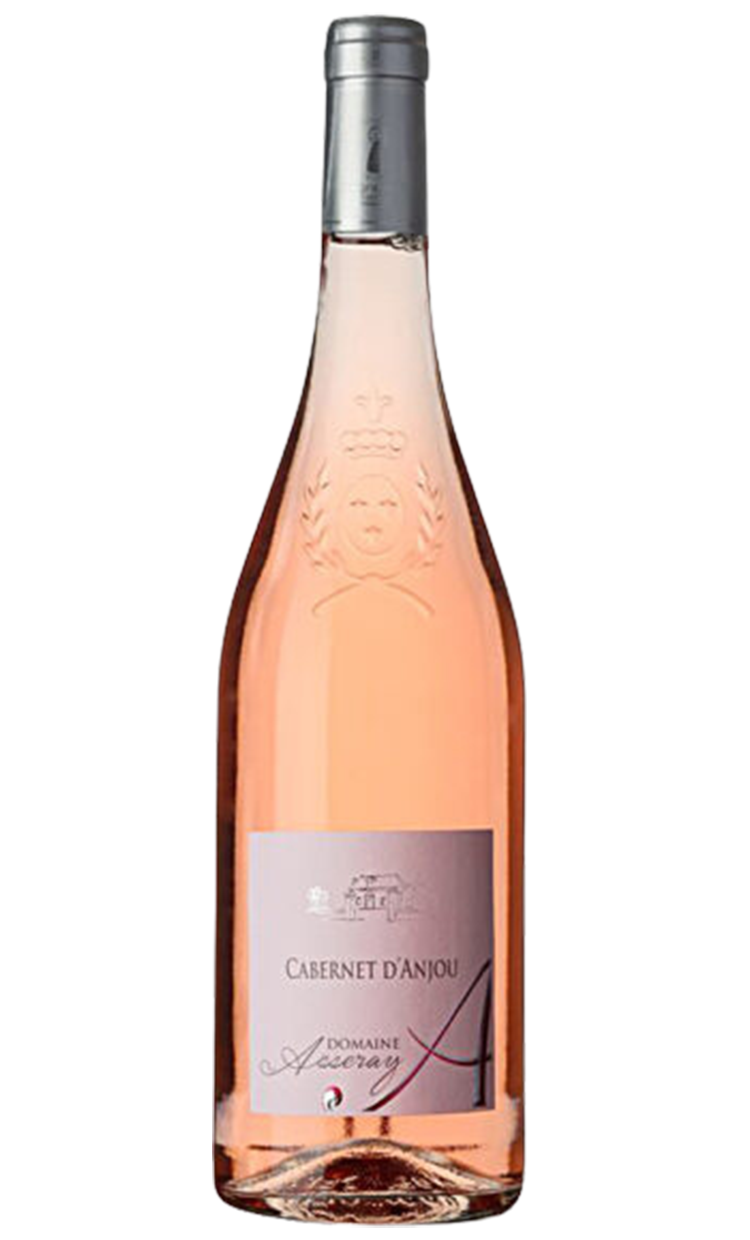
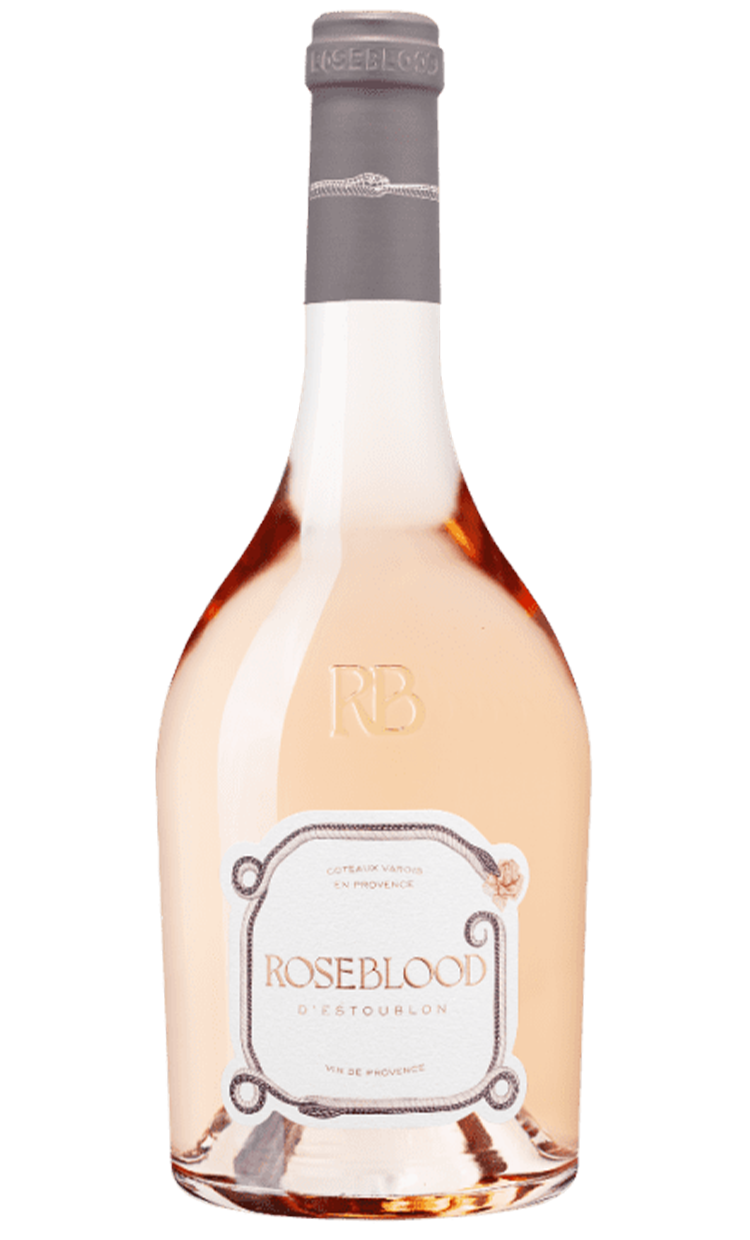
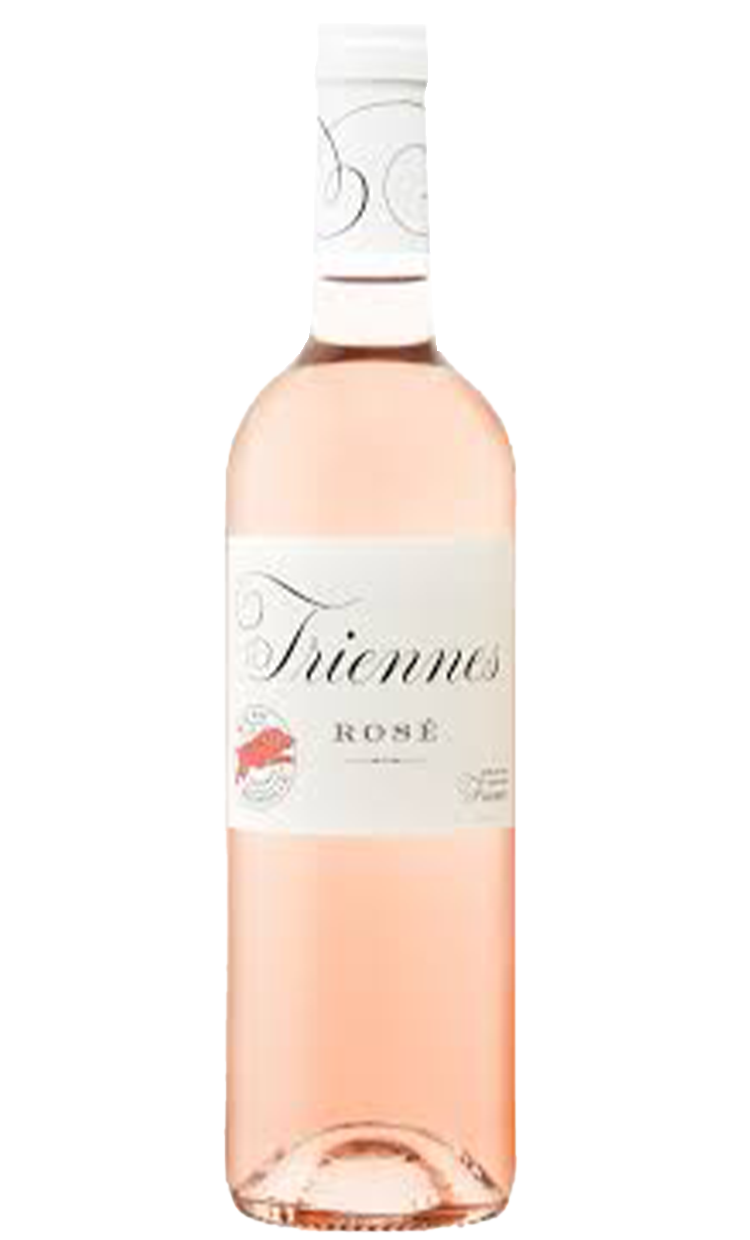
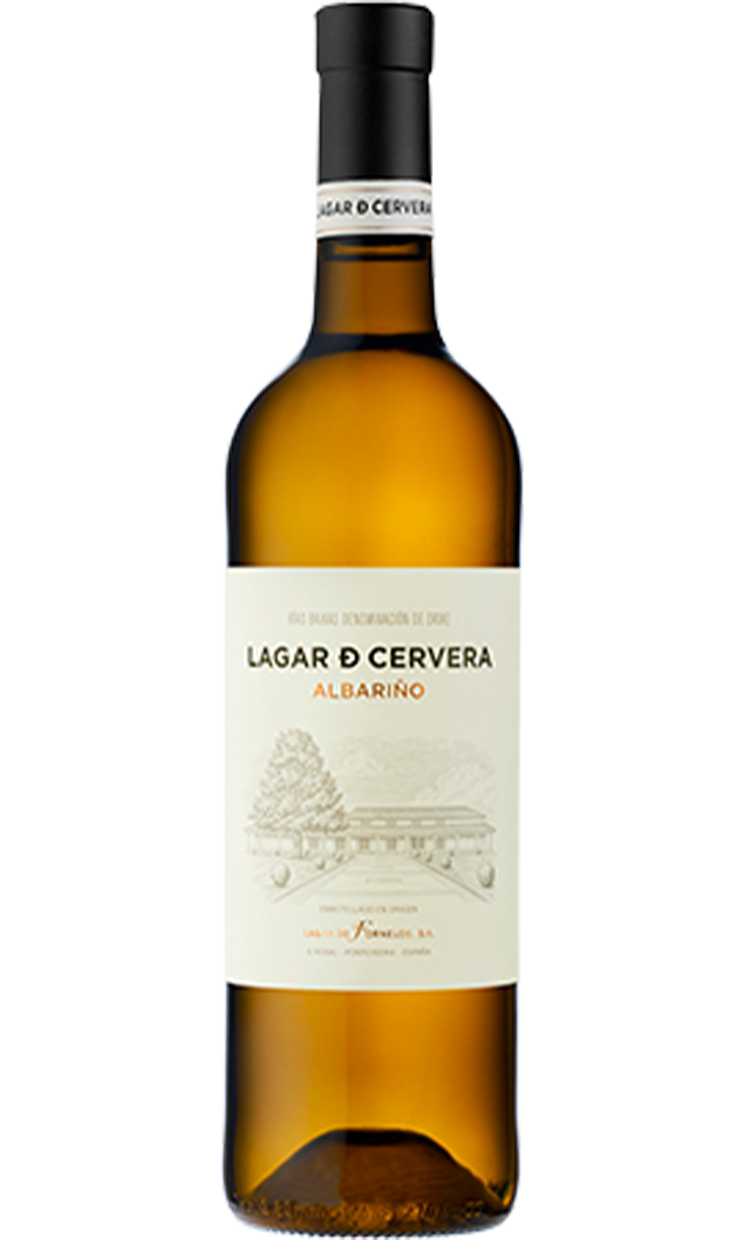
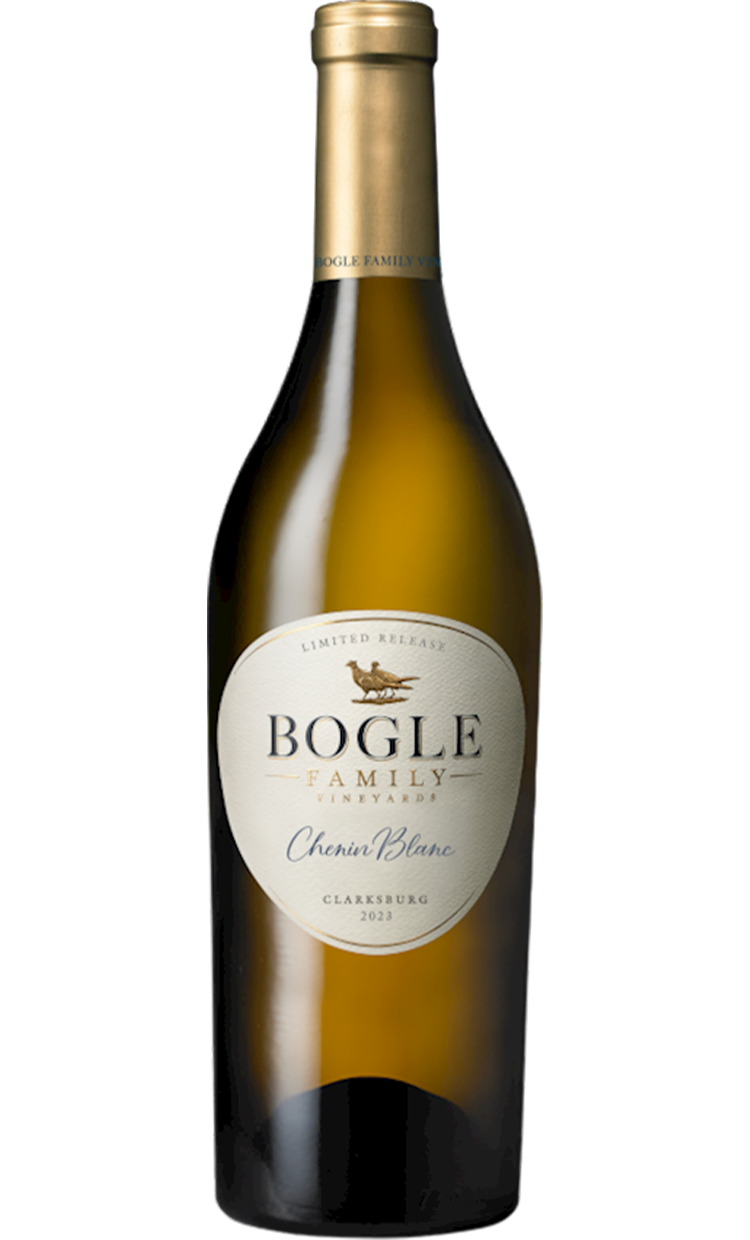
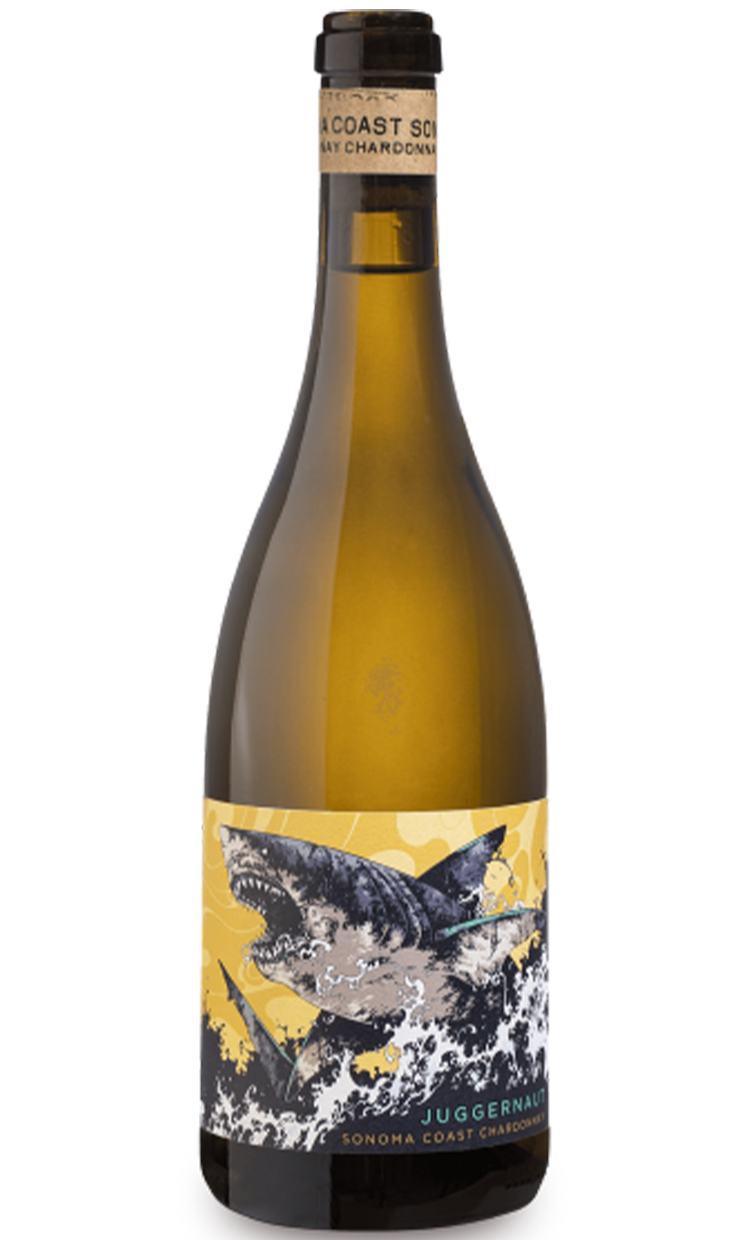
![ELEMENT[AL]](https://www.dynamiki-sa.gr/uploads/1/image_png/o_1j1b5qeal171f6oe1vcra0tf3ir.png)
